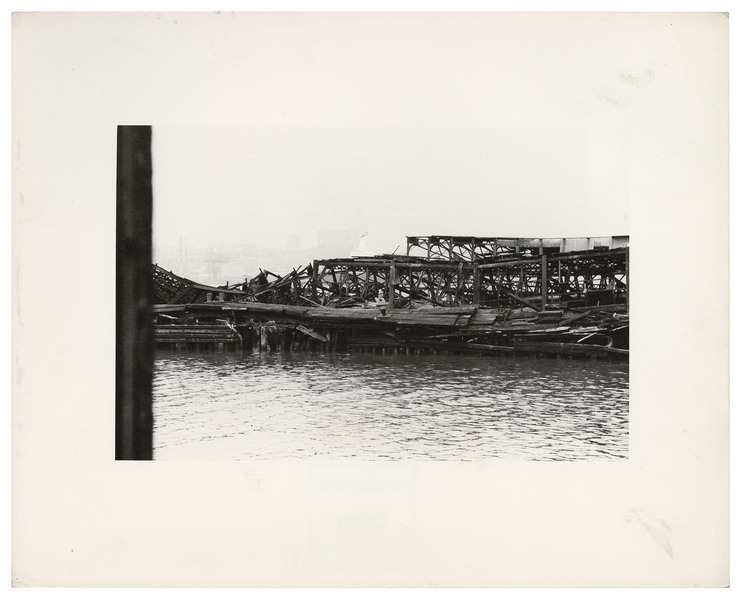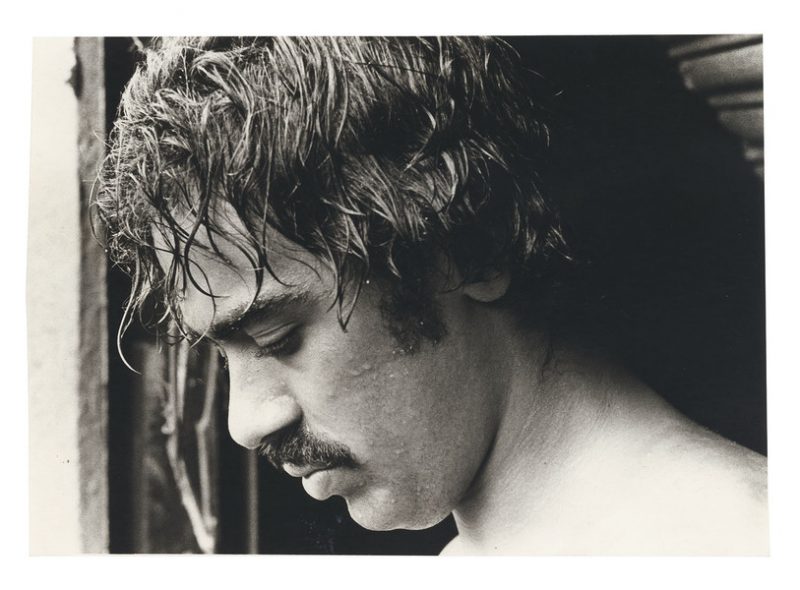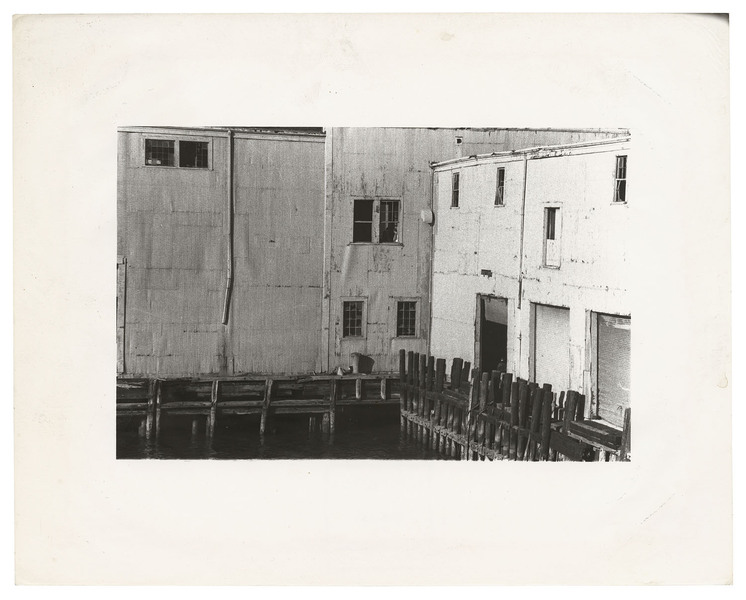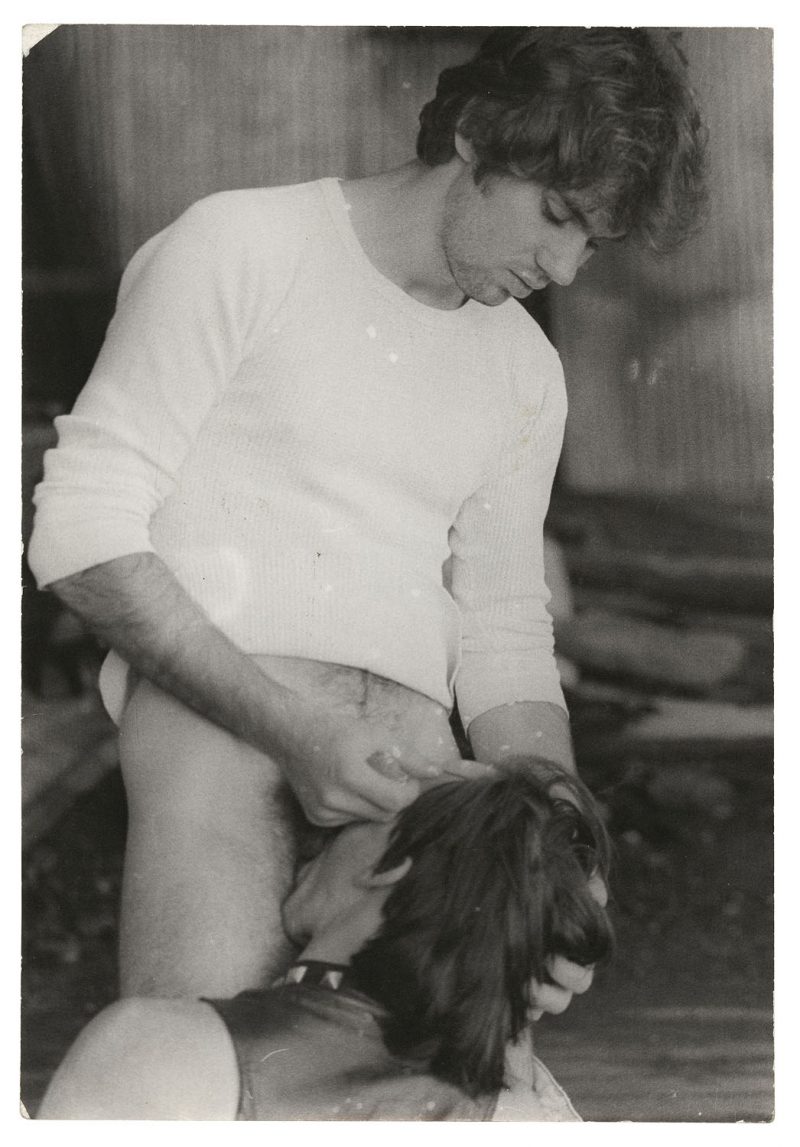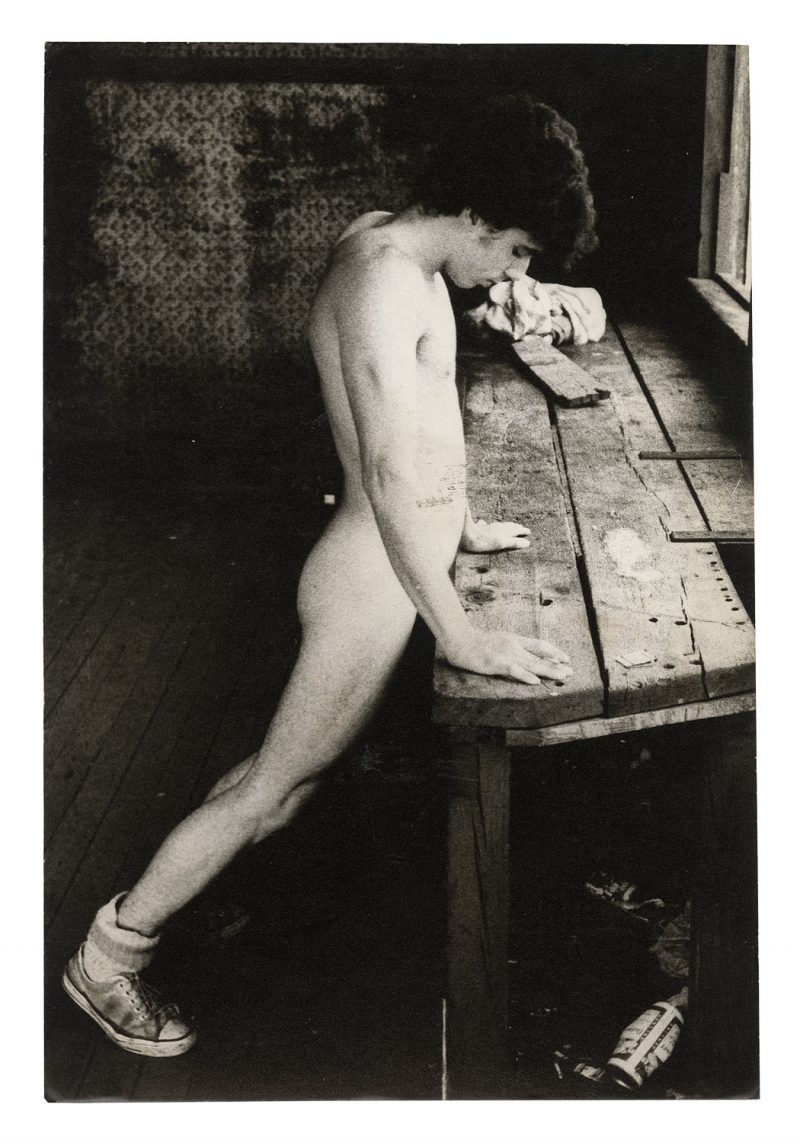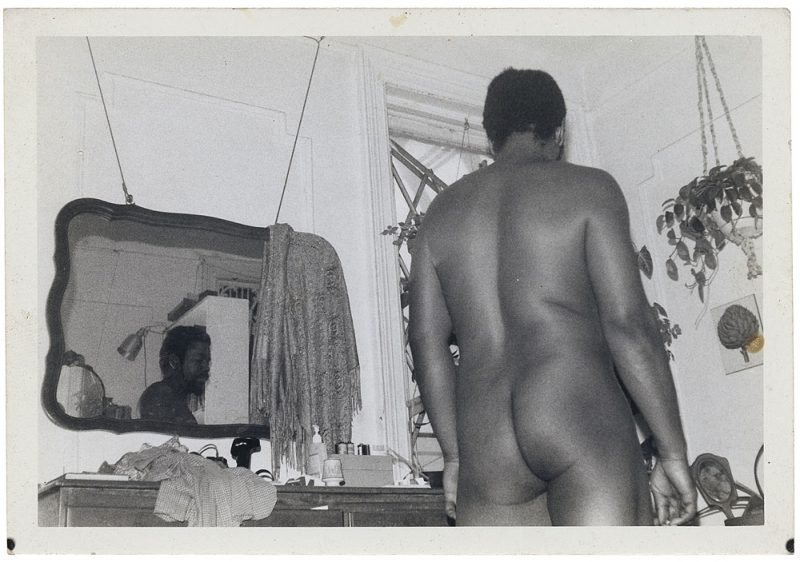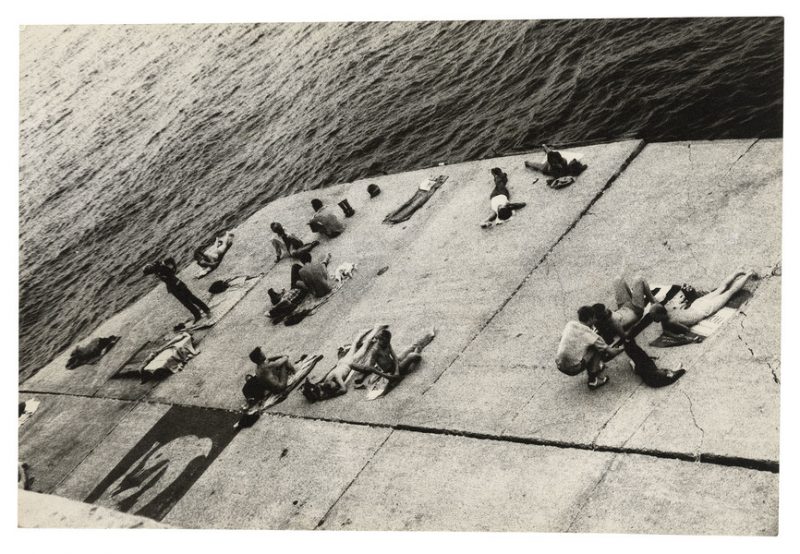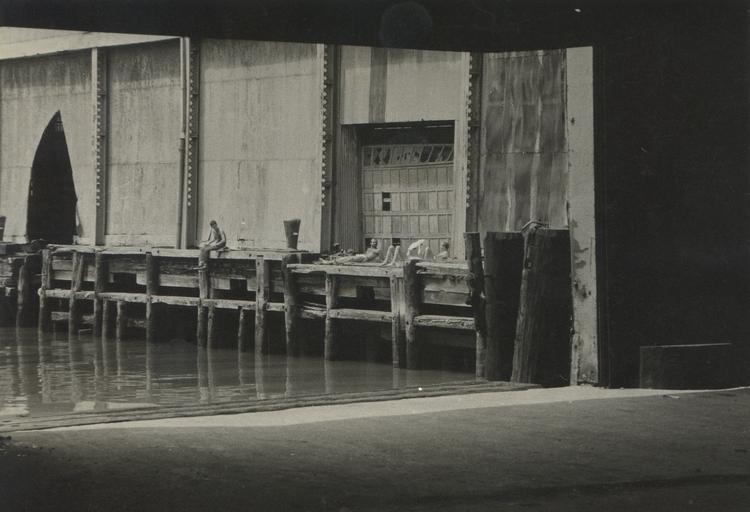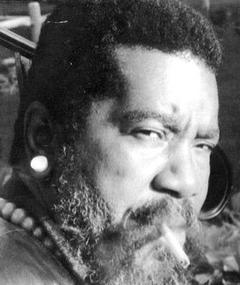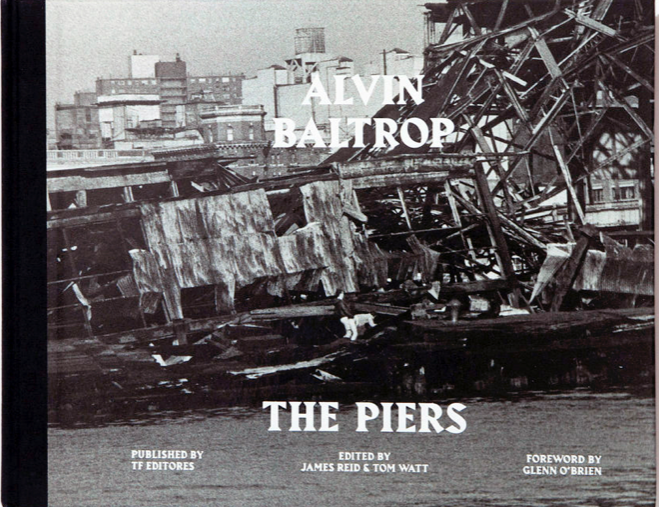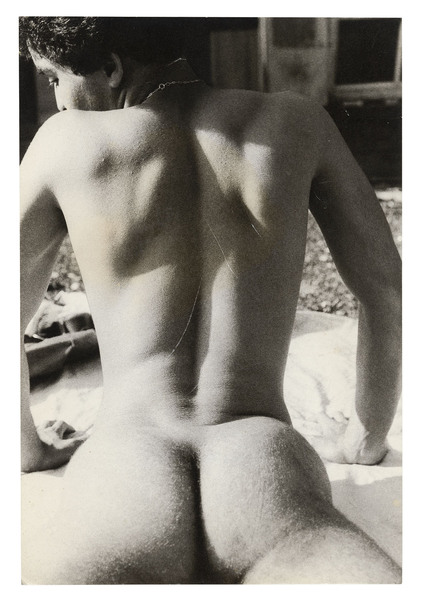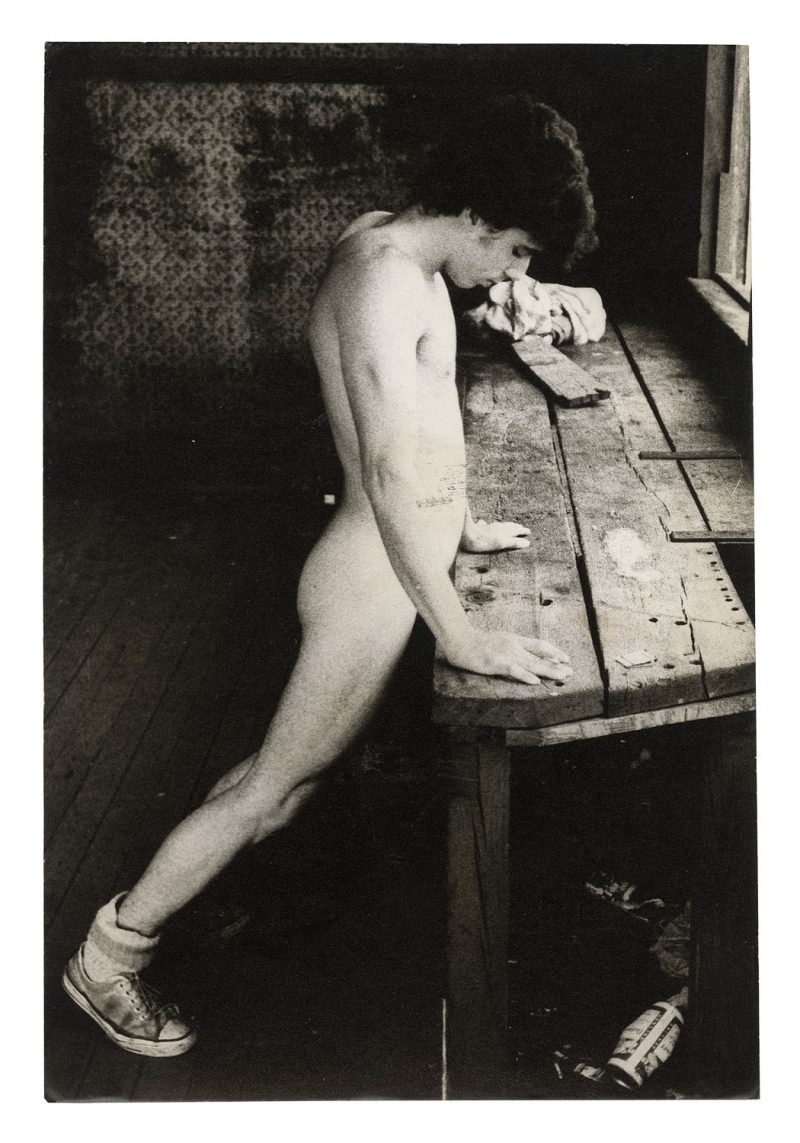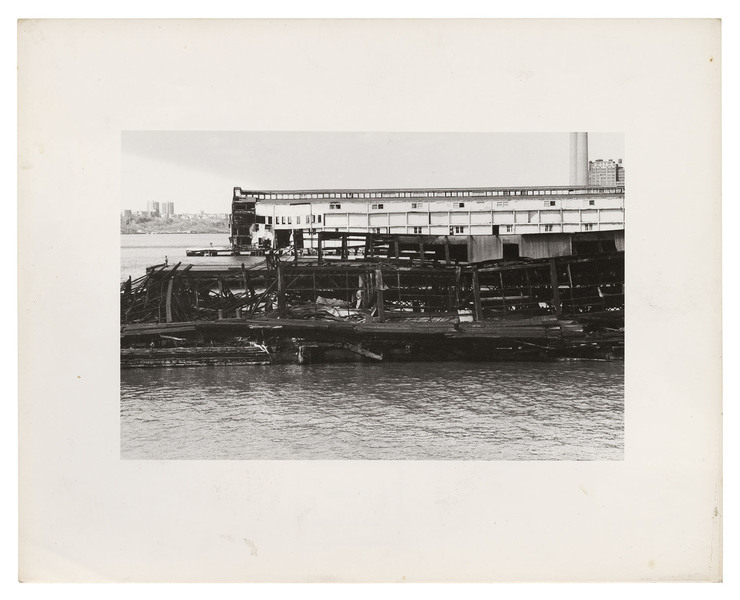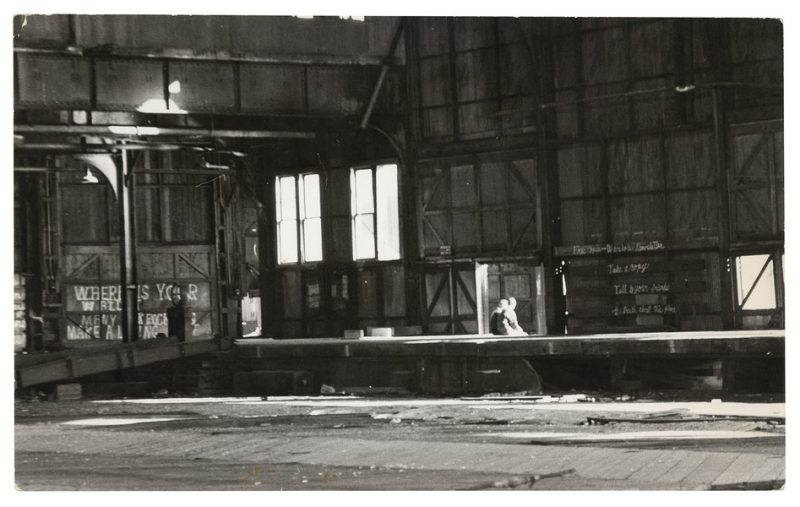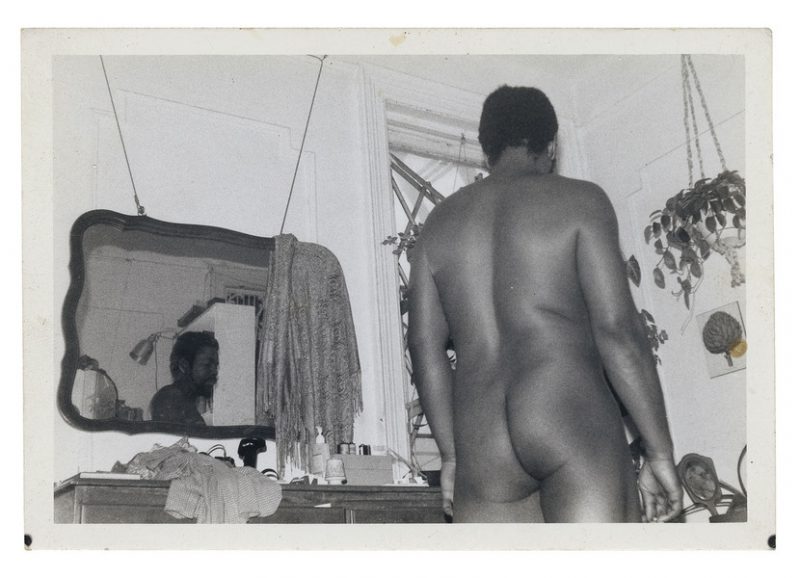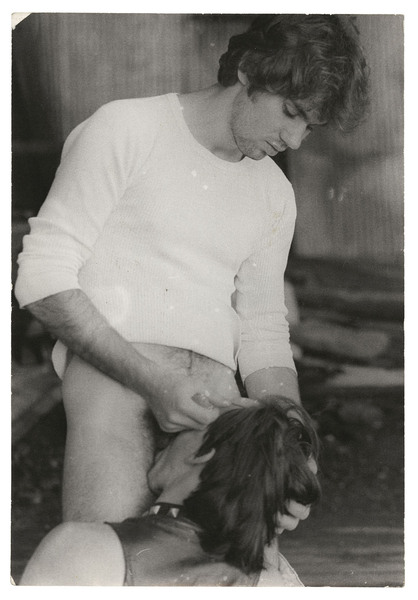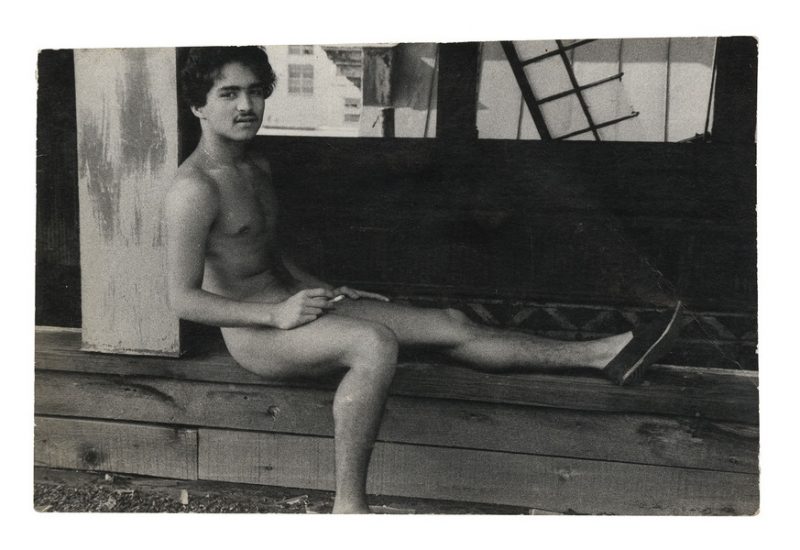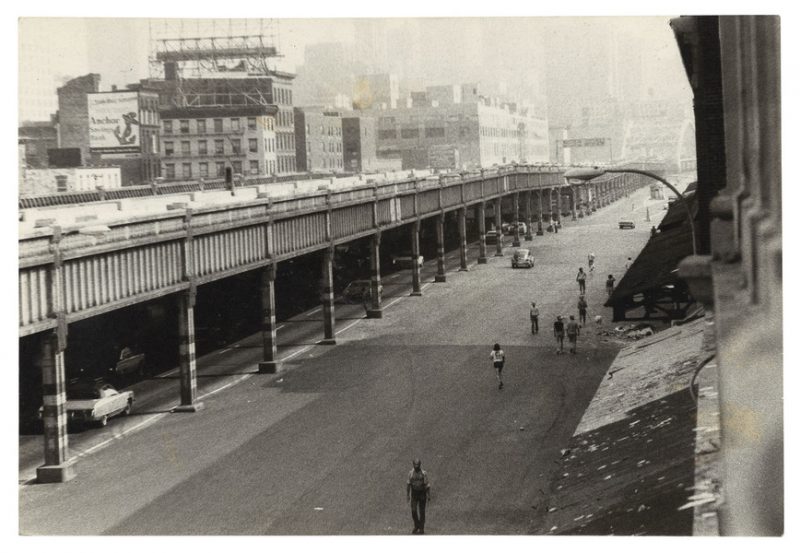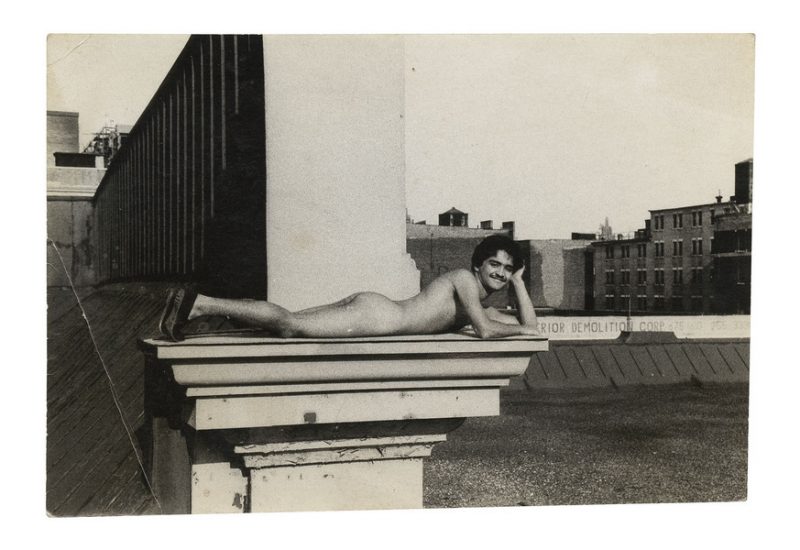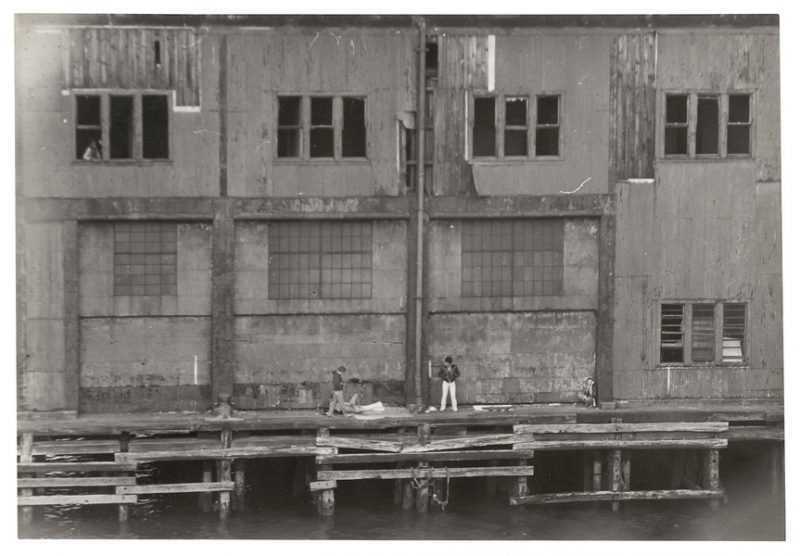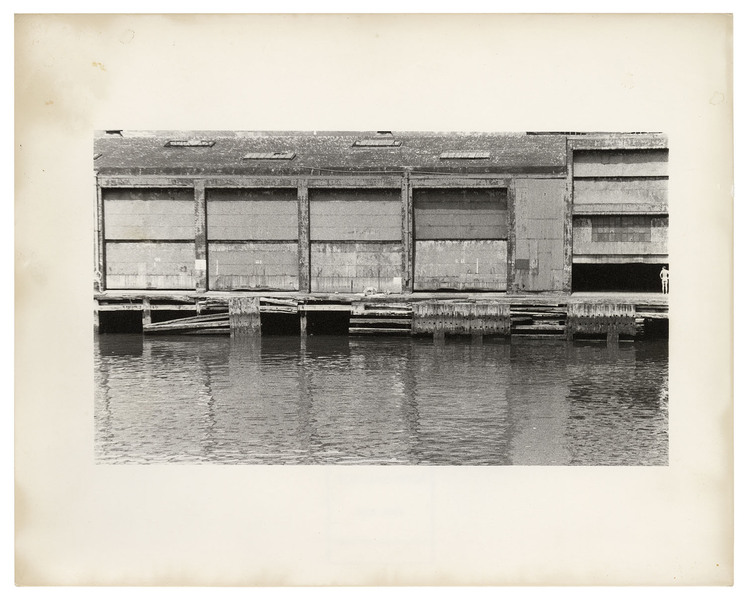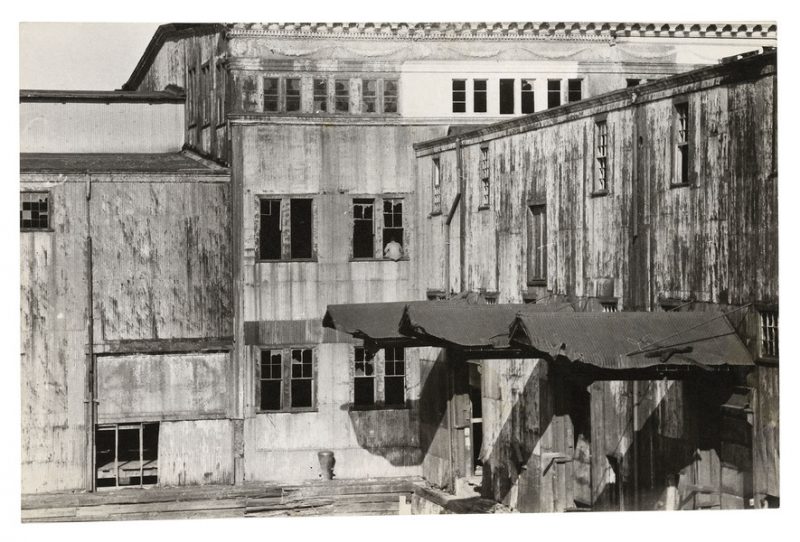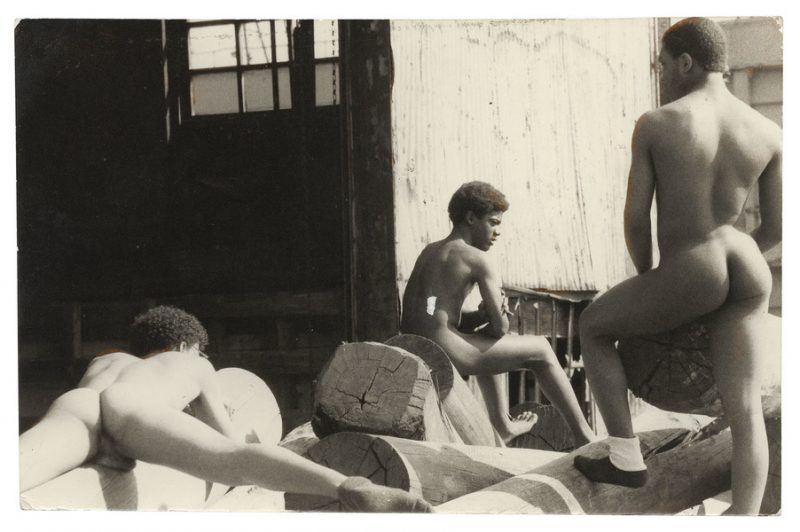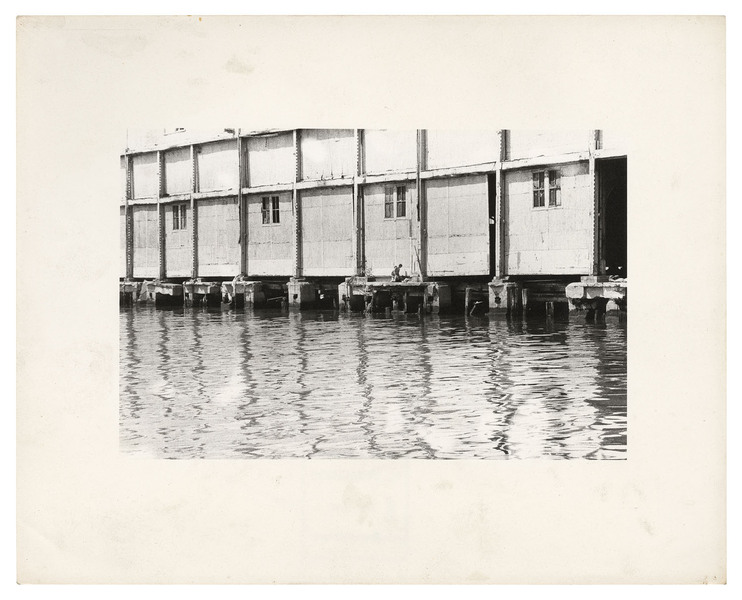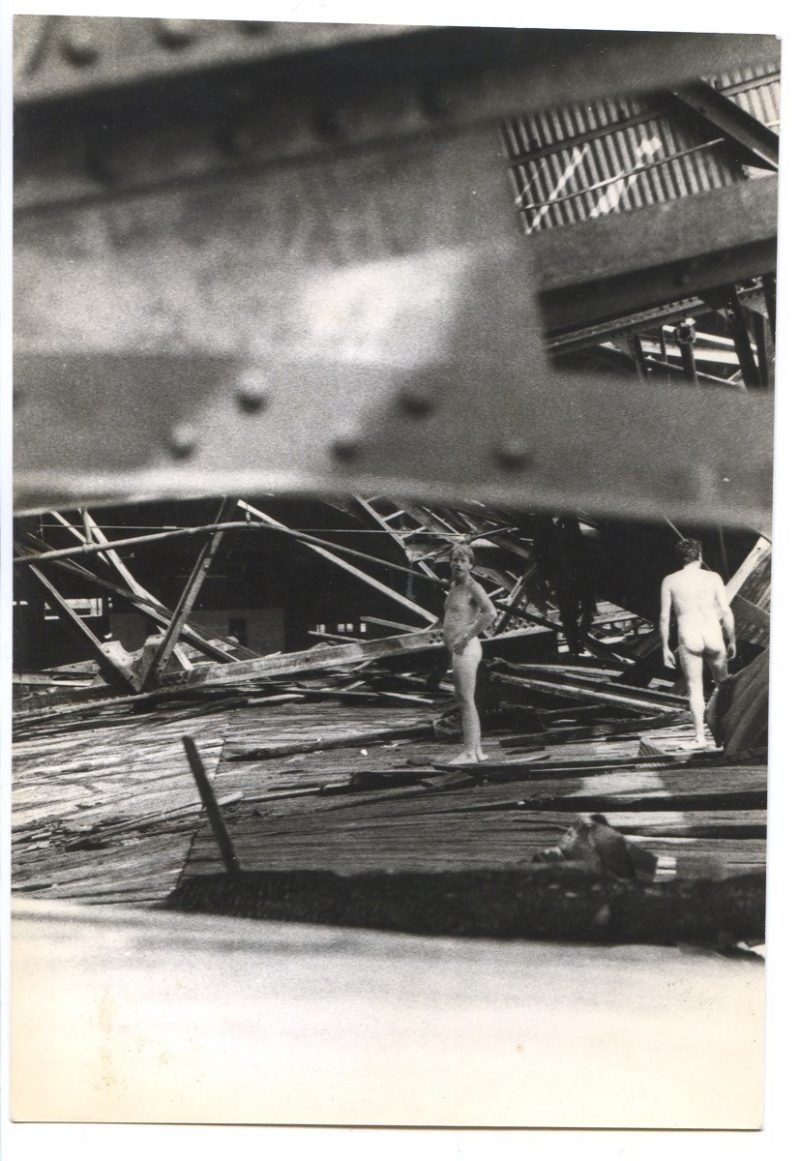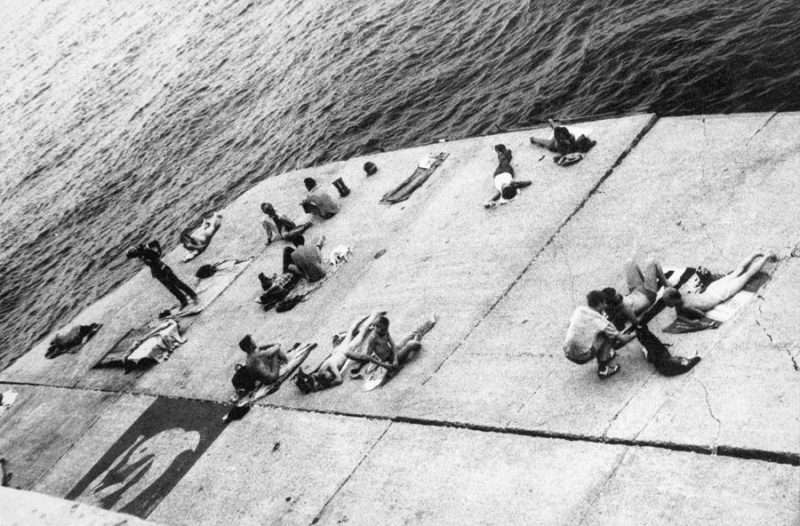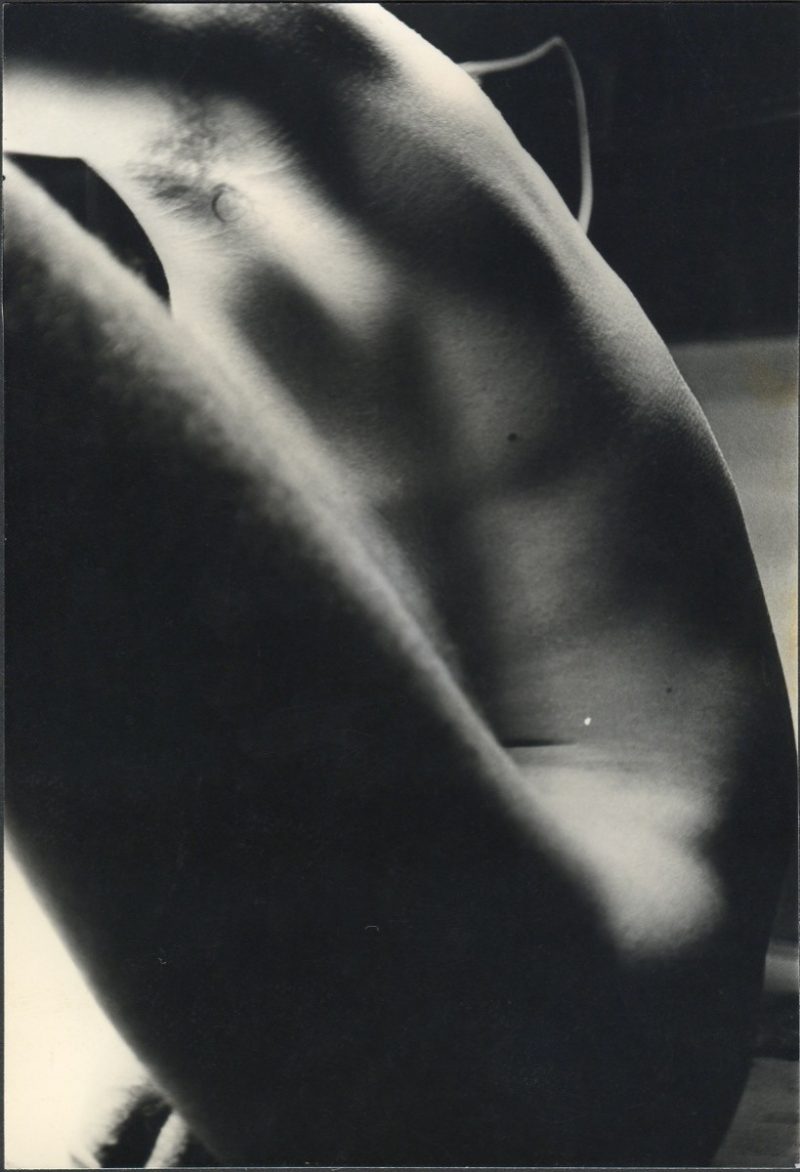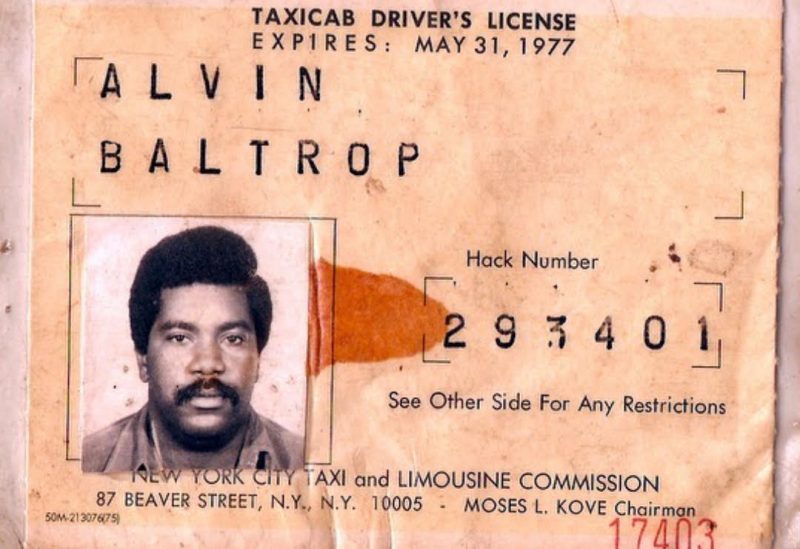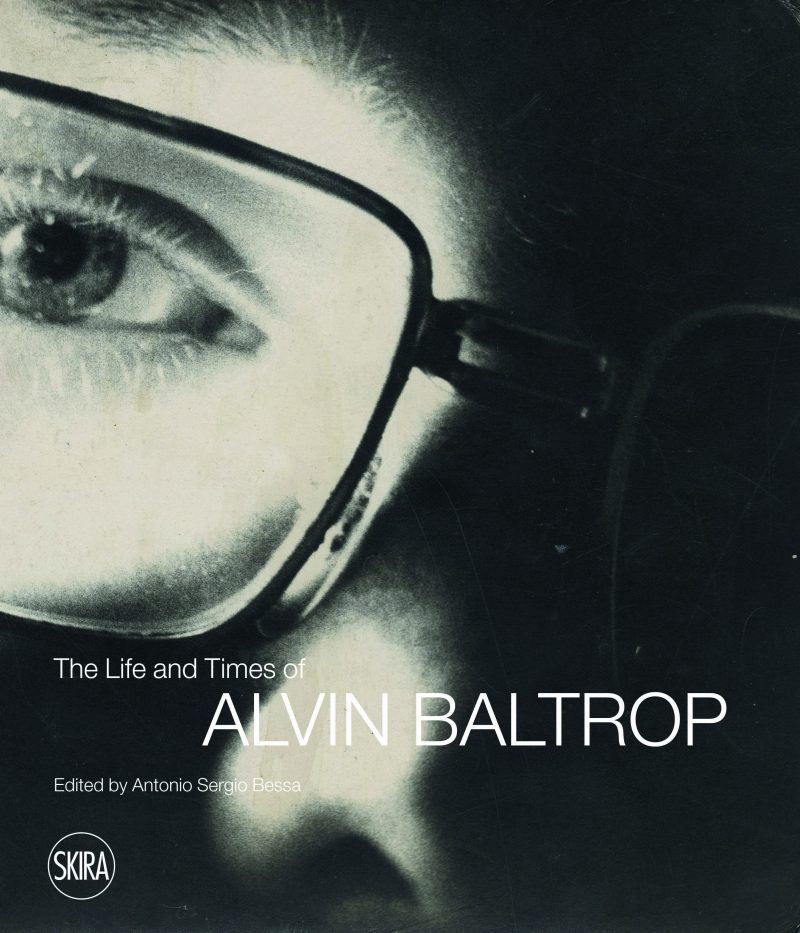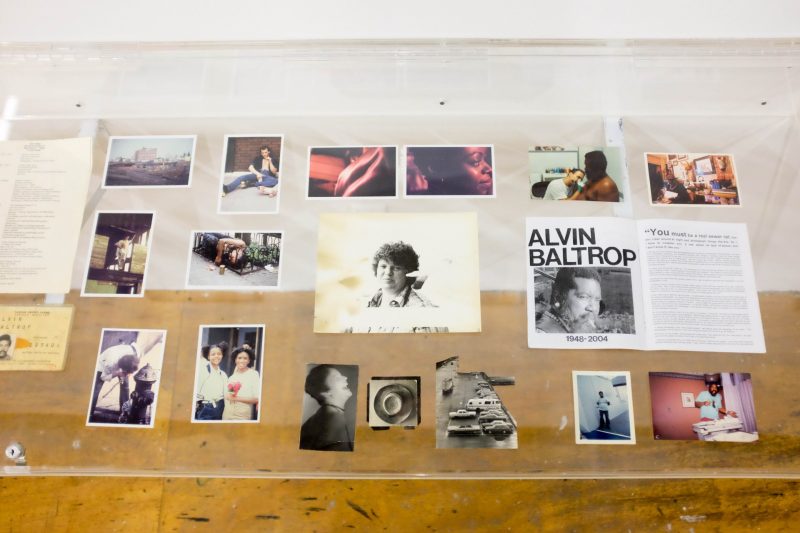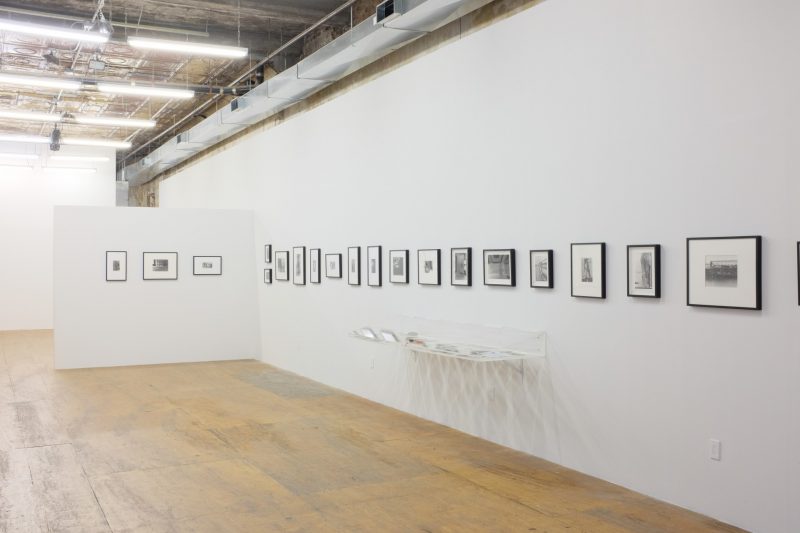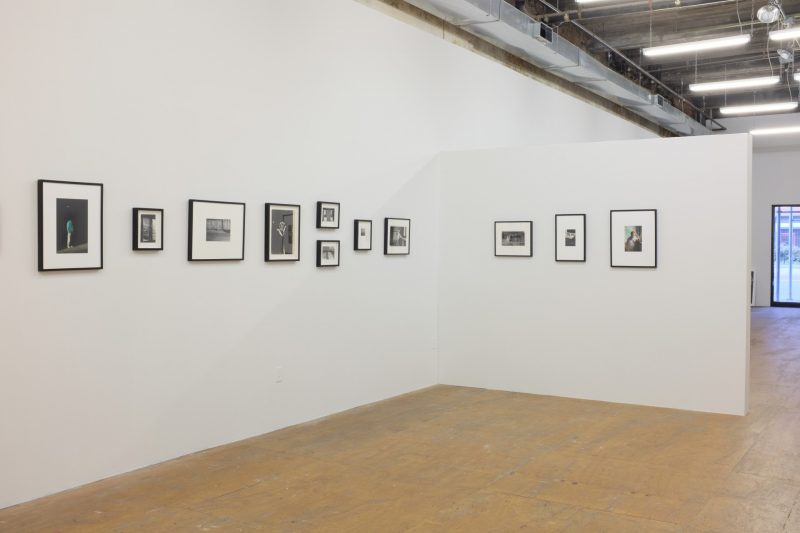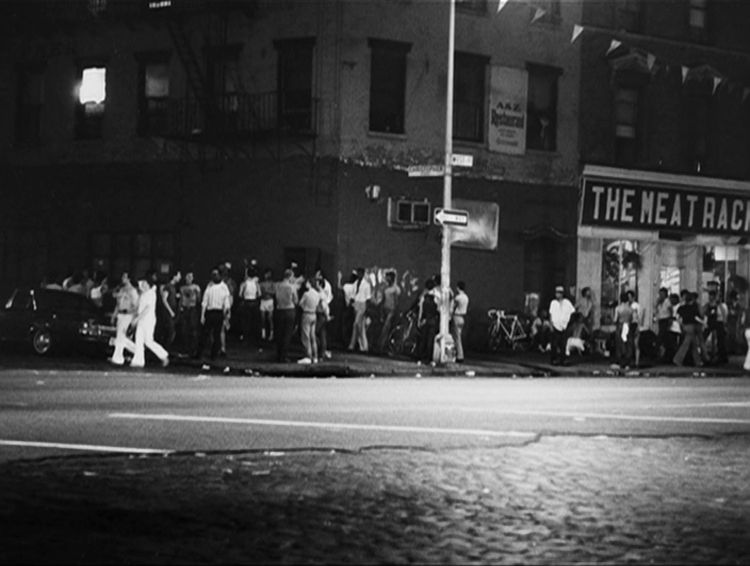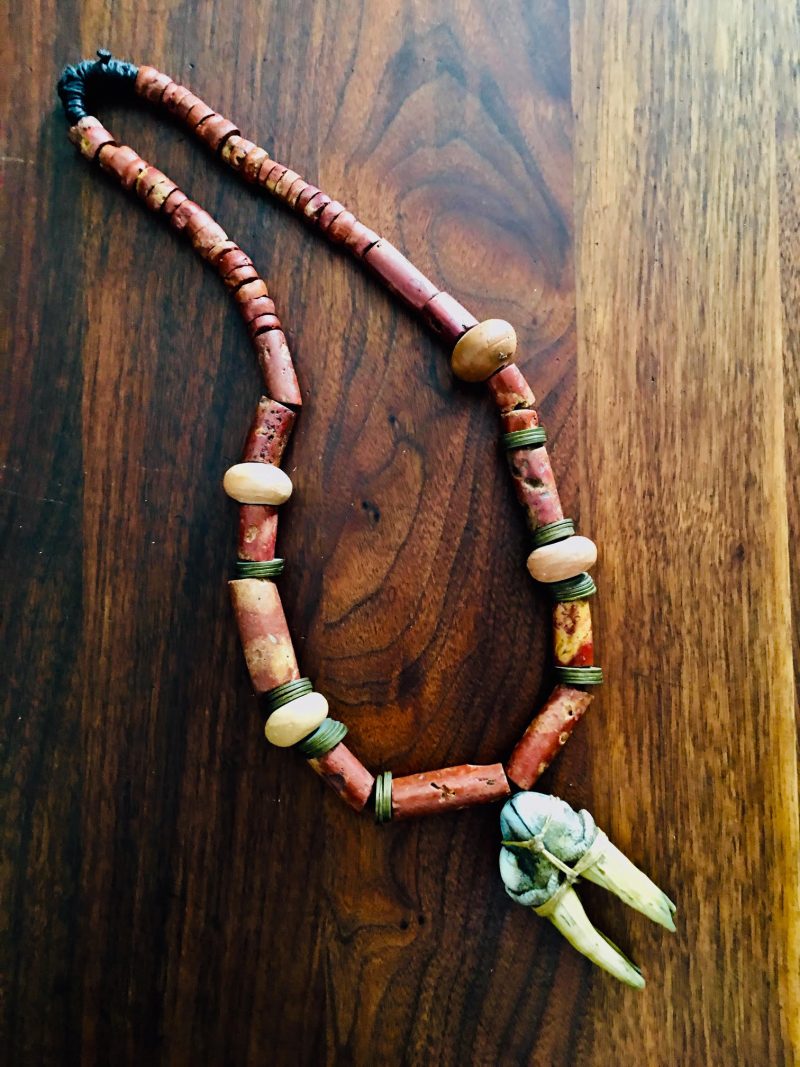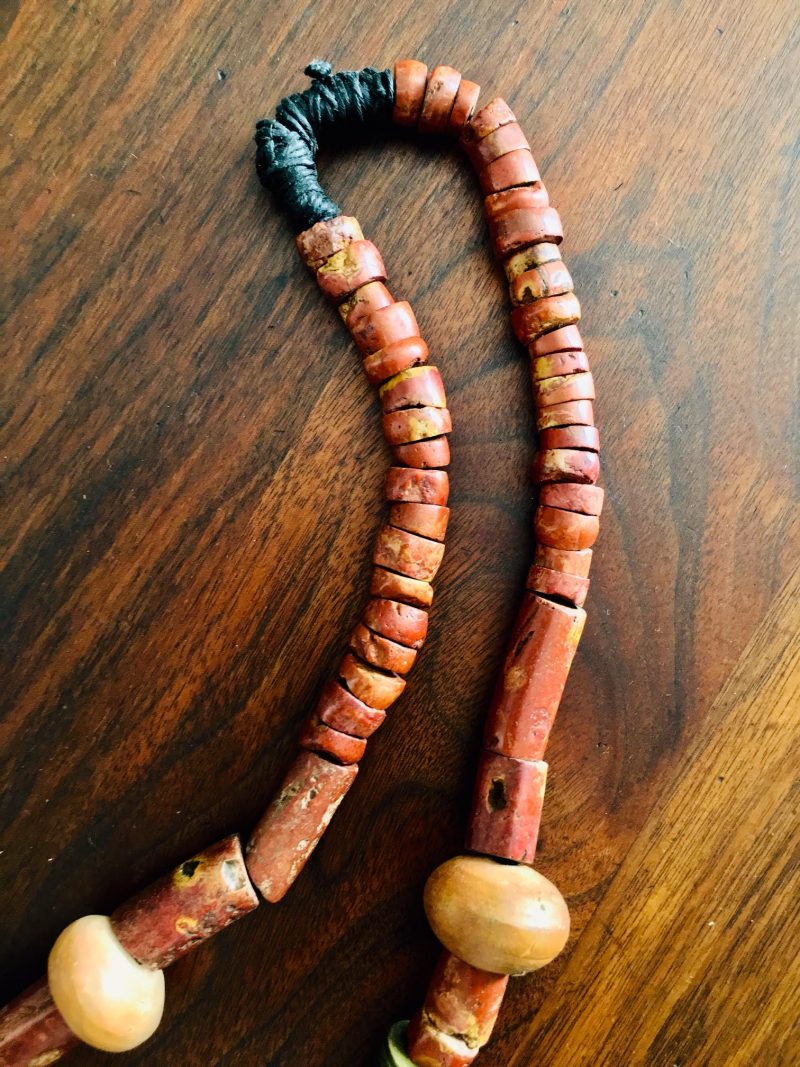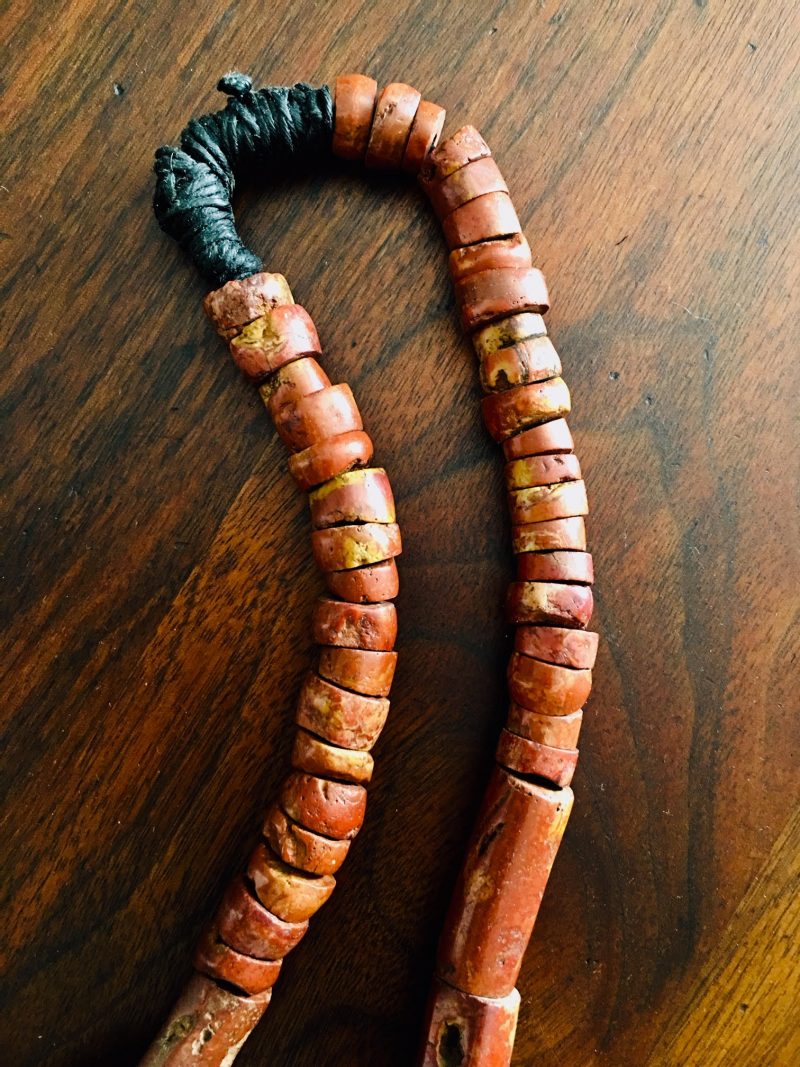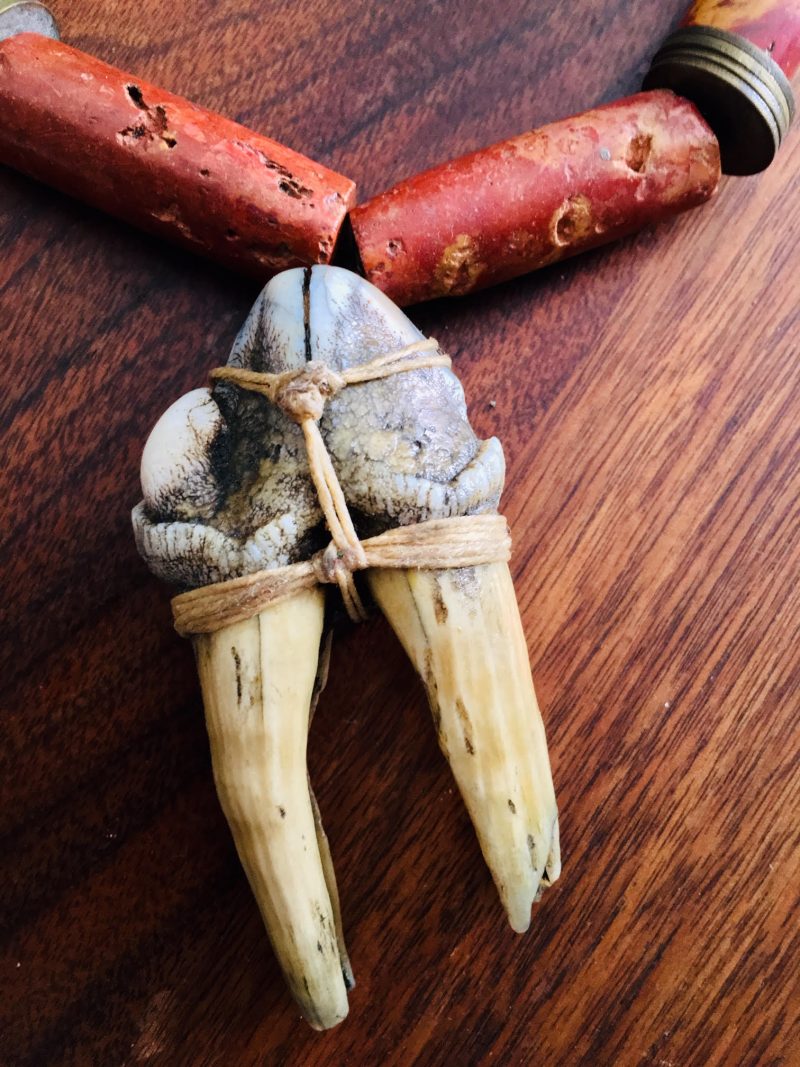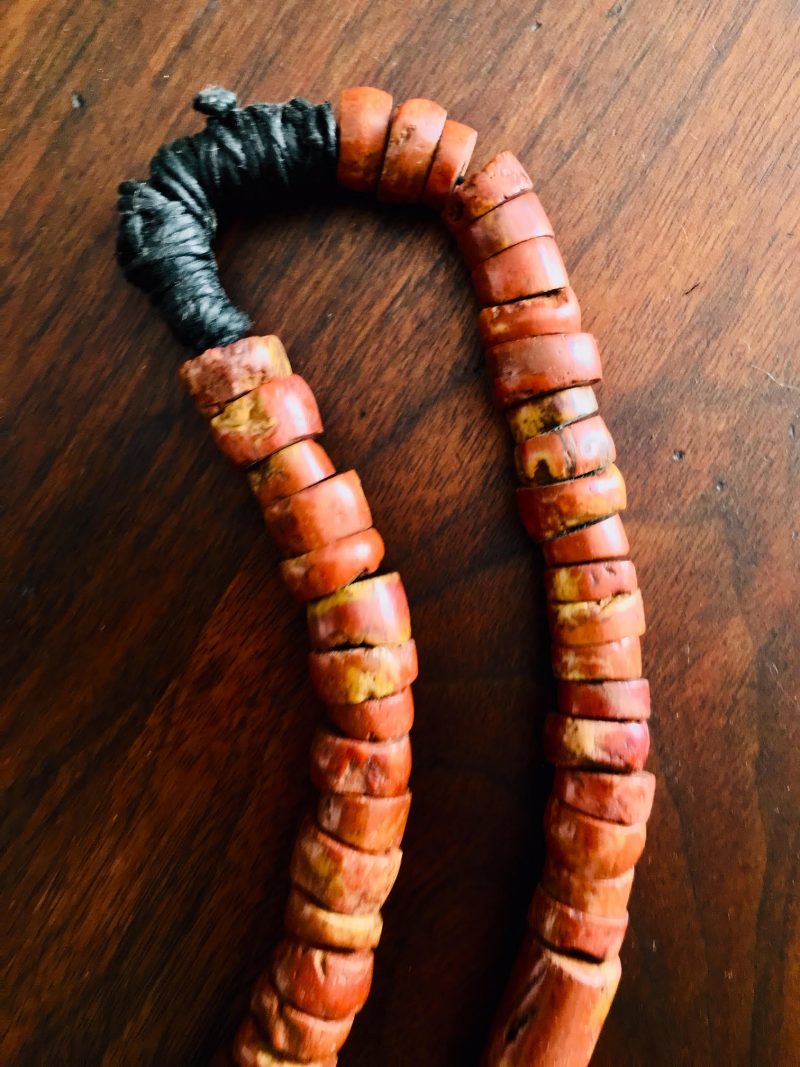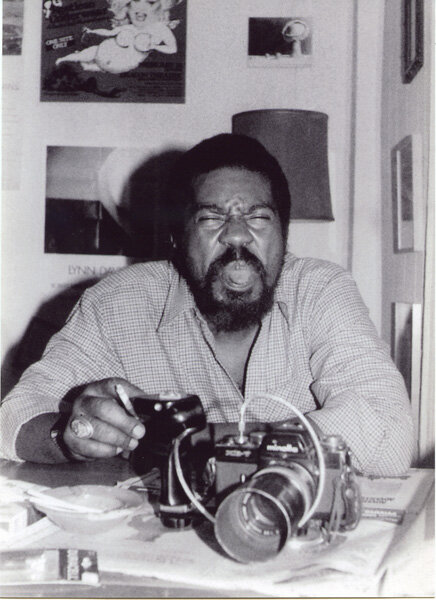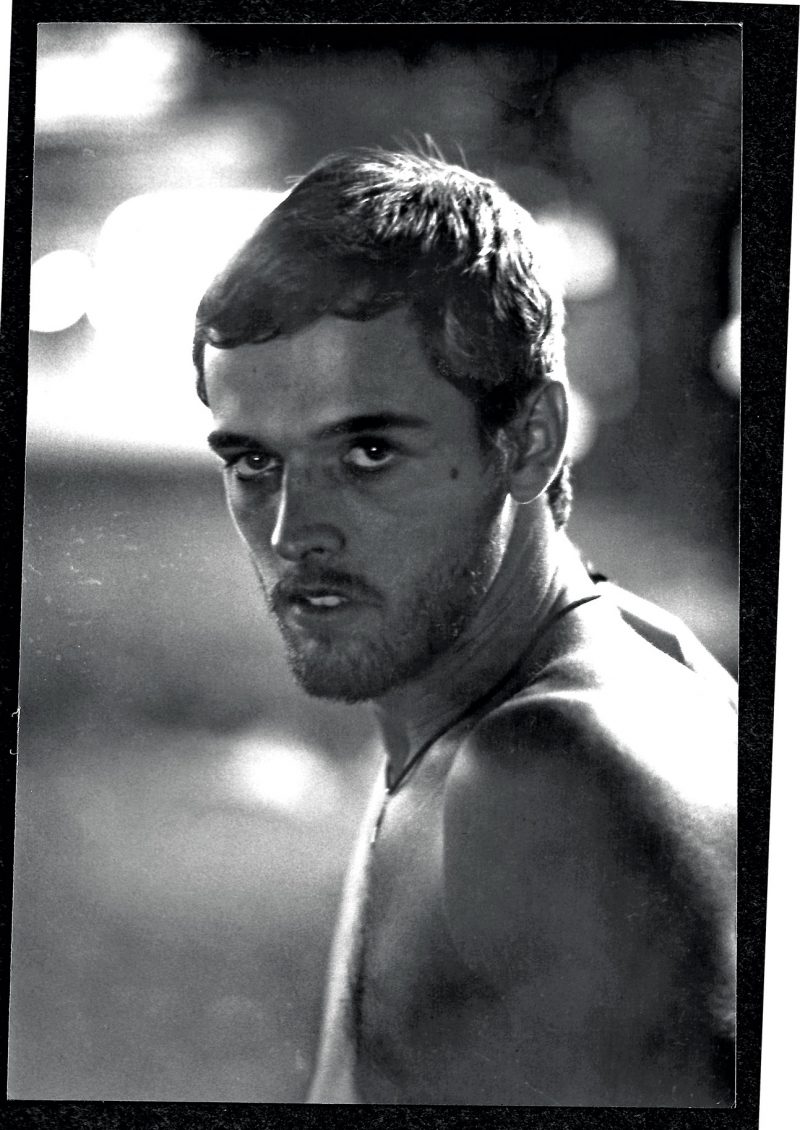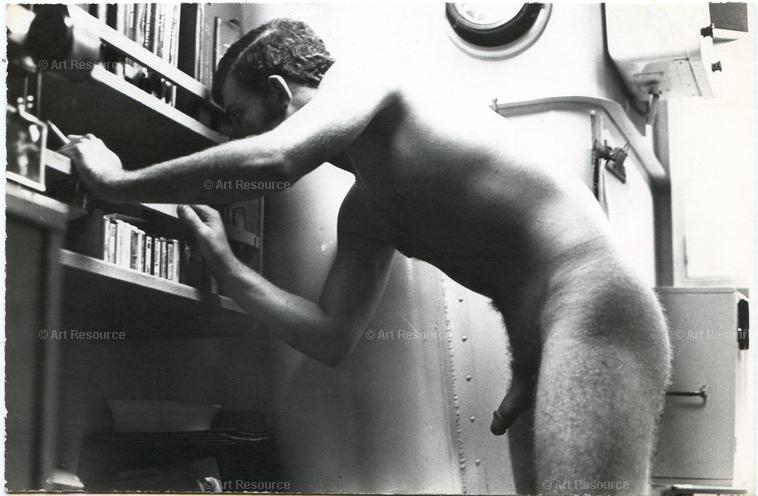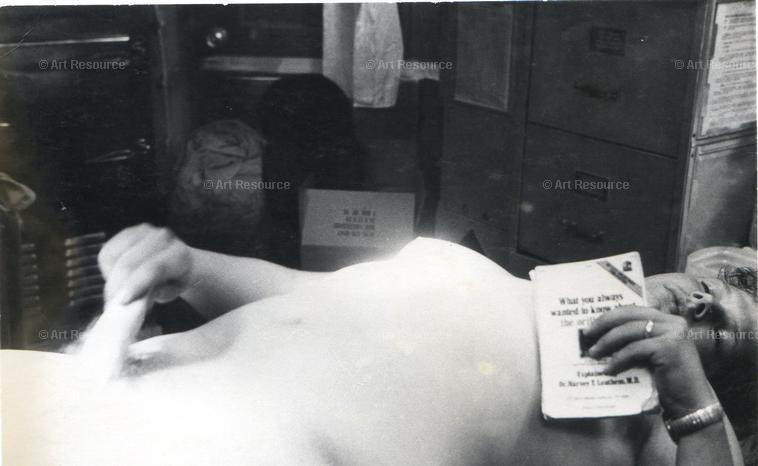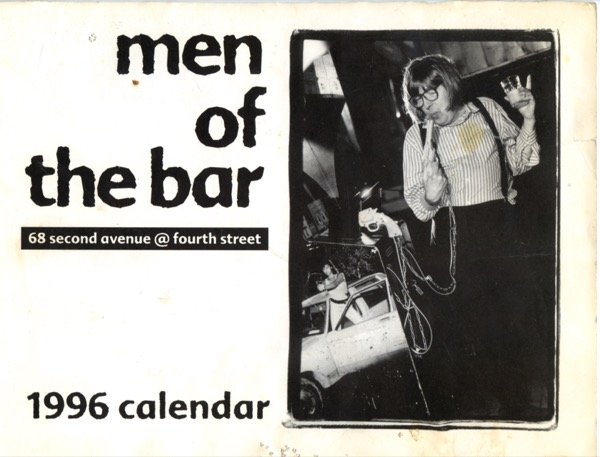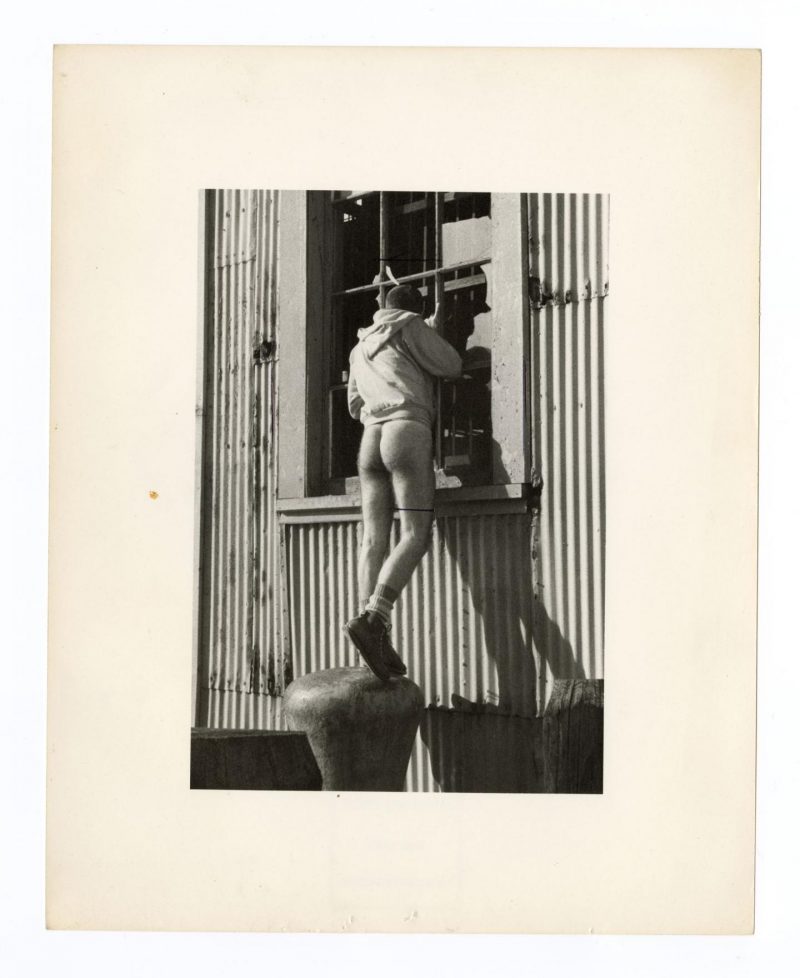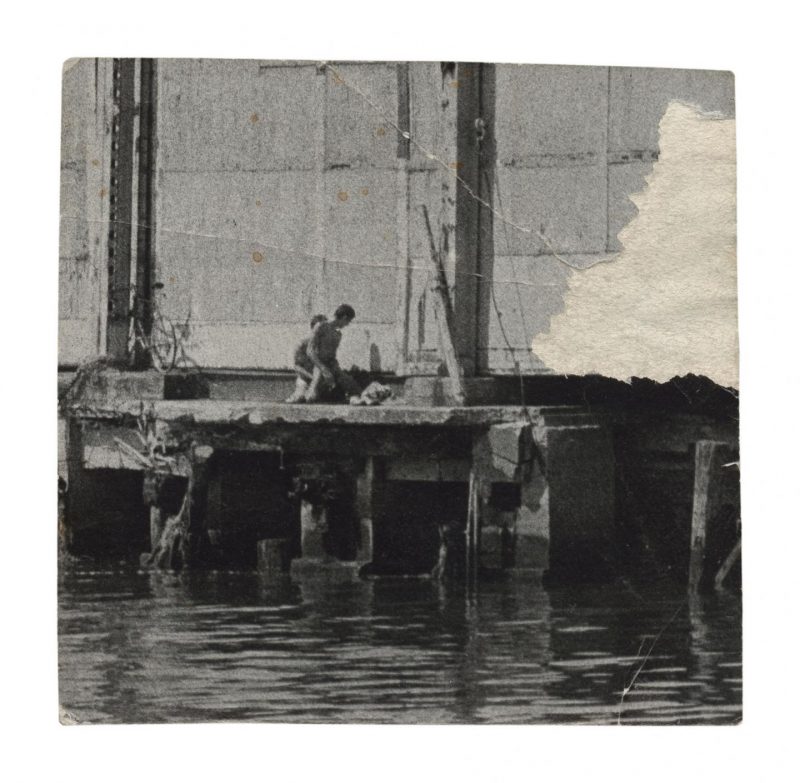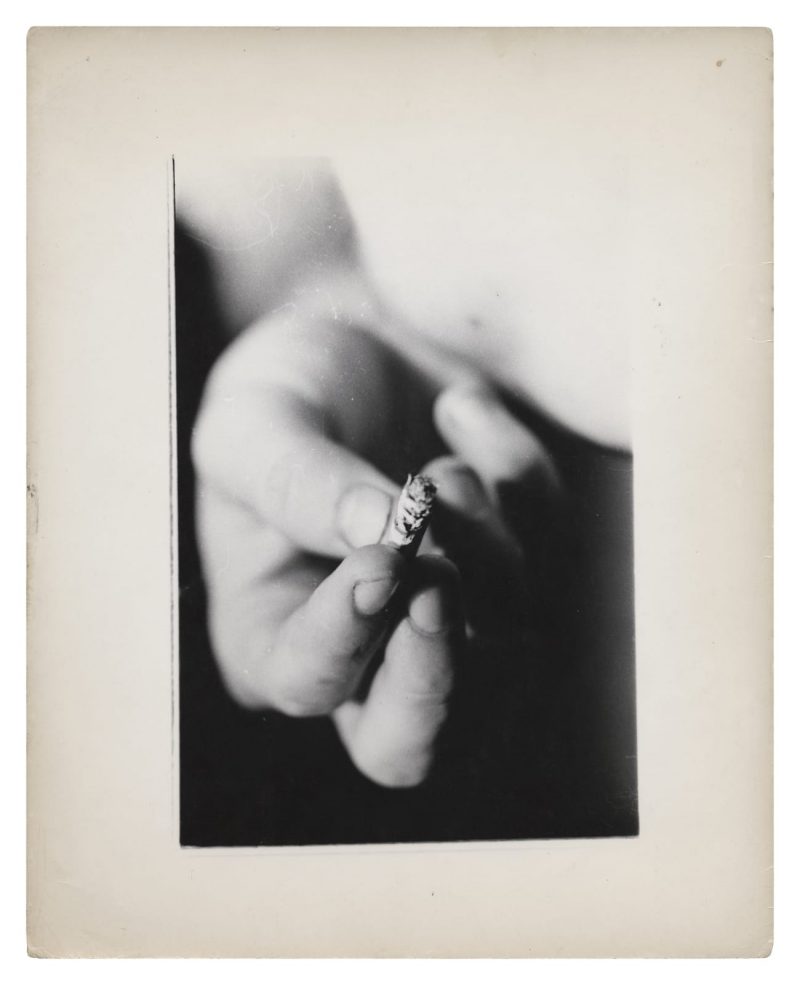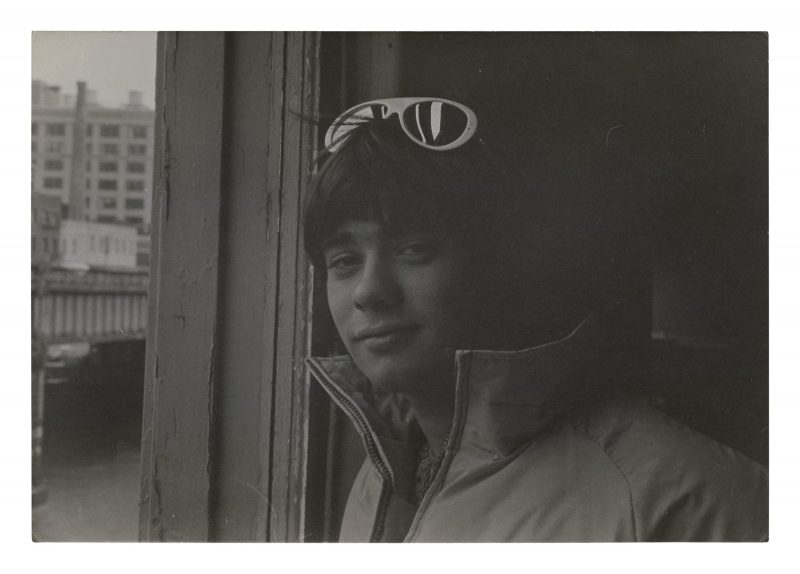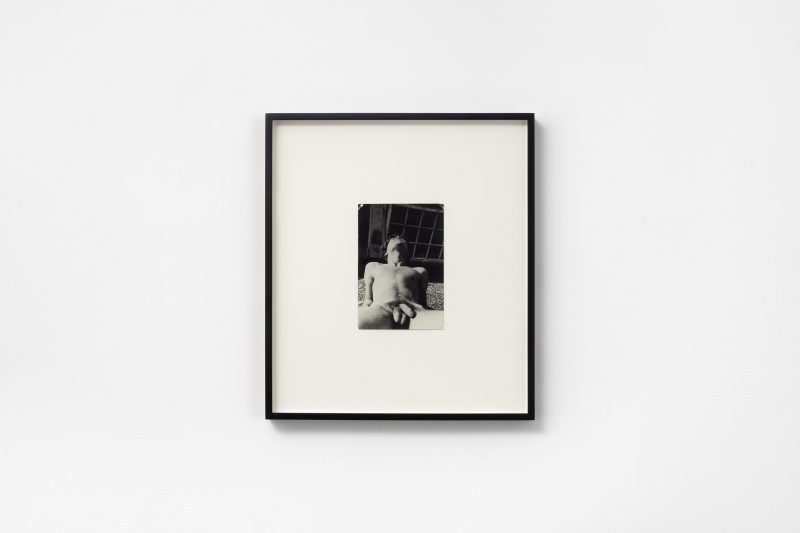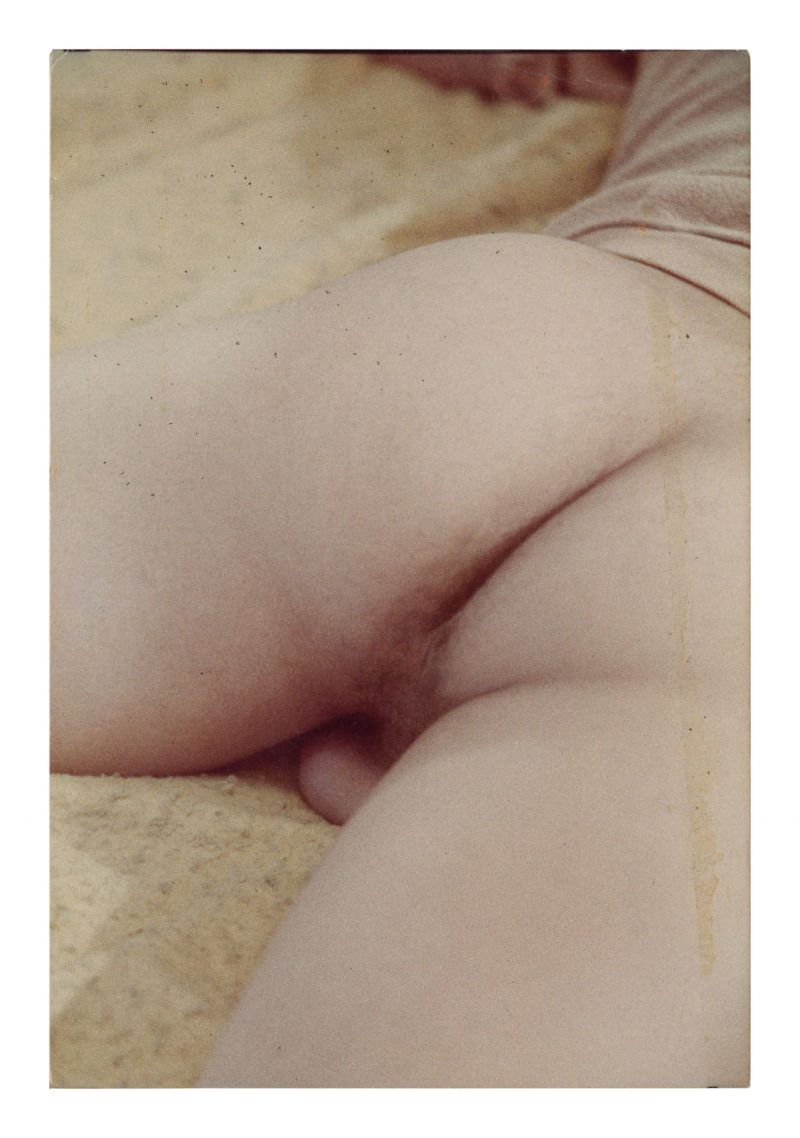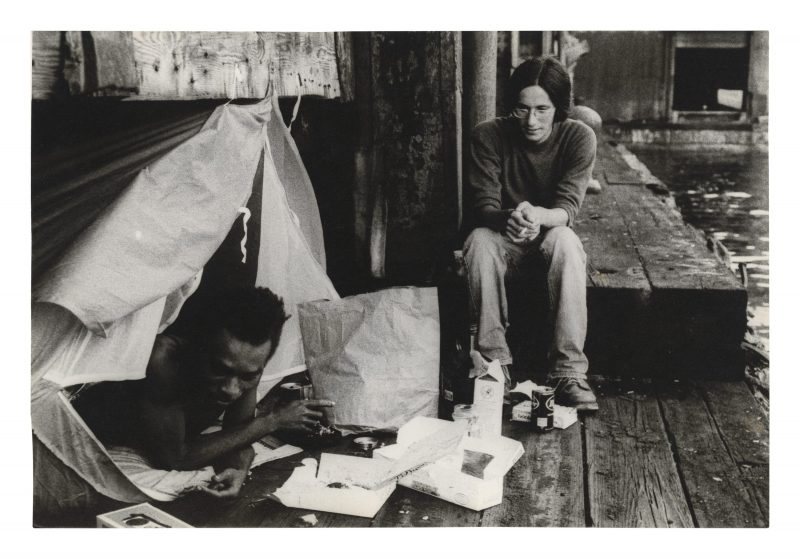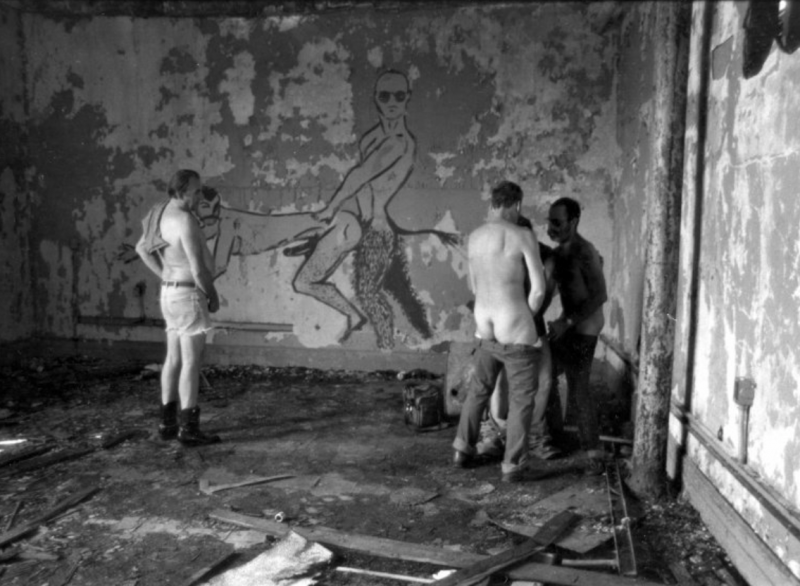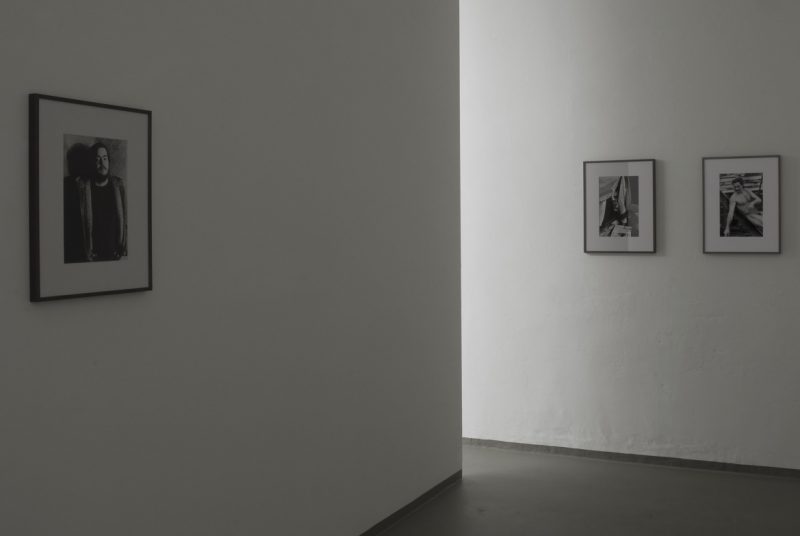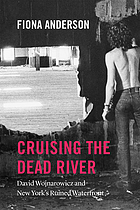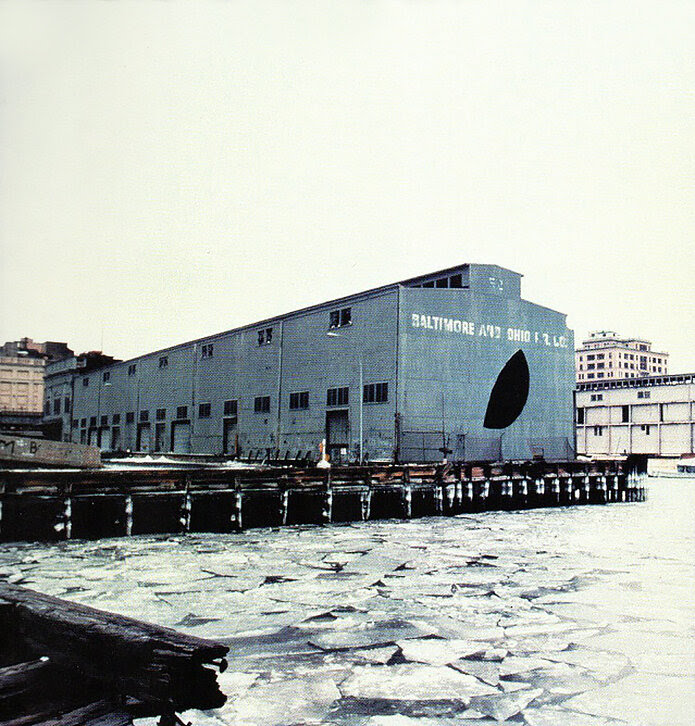Alvin Baltrop Photography & Jewellery
Alvin Jerome Baltrop was born December 11, 1948, to Dorothy Mae Baltrop shortly after she had moved from Virginia to the Bronx with her eldest son James. He began photographing with a twin-lens Yashica camera in his early teens. Baltrop joined the US Navy in 1969 and served in Vietnam, where he photographed fellow sailors doing chores or at leisure. He received an honorable discharge in 1972, and went on to attend New York City’s School of Visual Arts from 1973 to 1975. It was during that period that Baltrop started documenting the gay communities in the West Village area and along the piers. Late during the 1990s, artist John Drury nominated Baltrop for a Louis Comfort Tiffany Foundation Award. Baltrop had few exhibitions in his lifetime, and his work only gained critical recognition after his death, particularly after art critic Douglas Crimp published an article about his work for Artforum in 2008.
The photographs of Alvin Baltrop (1948-2004) were virtually unknown during the artist’s lifetime. A working-class African American many of whose photographs are sexually explicit, Baltrop encountered only rejection. In the past decade his work has belatedly begun to be exhibited, including at Third Streaming and MoMA/PS1 in New York City, the Reina Sofia in Madrid, and the Contemporary Art Museum, Houston. By far the largest cache of Baltrop’s extant photographs depicts the scene at the dilapidated Hudson River piers adjacent to Greenwich Village and the Meat Packing District. During the 1970s and into the 1980s, when Baltrop photographed there, the piers were a site of pleasure and danger for men seeking sex, sunbathing, making a provisional home, or just hanging out and taking in the splendor of the industrial ruins. More nefarious deeds also took place: theft, gay-bashing, even murder.
Baltrop claimed to be terrified of the place initially, but also intrigued; he began taking photographs, he said, as a voyeur. Eventually he became a denizen of the piers, at times living nearby in his moving van, which also provided his source of income. His rapport with certain of the pier’s users is clear enough in the straightforward portraits he made there, including one of Marsha P. Johnson, the beloved trans activist whose dead body would, in 1992, be discovered in the Hudson River near the very place where Baltrop likely took her picture. The rapport is even clearer in photographs of men removing their clothes to pose for Baltrop. And some photographs are so intimate as to suggest that the sex they depict is staged for his camera – or, indeed, that photographing was part of the action. Among these are routine sex acts, but there are pictures of kinky BDSM action, too.
Baltrop seems to have wanted above all to portray the environment in which these activities took place, the piers themselves. Sometimes you have to look closely even to locate people within the disintegrating remains of the pier sheds, much less see what they’re up to; and in any case they might simply be sitting on a window ledge or standing on a mooring. Or, more disquieting, they might be prone bodies covered with blankets, presumably sleeping. In many cases, there are no figures at all; Baltrop’s subject is simply the architecture in its vastness and melancholy.
Baltrop printed the majority of his photographs small, no more than 5×7 inches (approximately 13×18 centimeters), although he printed a few images considerably larger. There are variant sizes and crops of a few pictures. Because of the small size and density of information in many of the photographs, especially those of one pier taken from the distance of another, adjacent pier, you have to get very close to the picture to really see it. It has been noted that Baltrop’s pier photographs constitute a significant record of a lost era of New York industrial landscape and gay culture’s pre-AIDS history. There is truth in that view, but it suggests that Baltrop’s project was essentially documentary in nature, whereas the intimacy of the pictures, their studied compositions, their attention to the play of light and shadow testify to a wider ambition.
Text by Douglas Crimp
“““““““““““““““““““““““““““““““
Red Coral Hand Made Necklace. Custom made in the early nineties in NYC by Baltrop when we both worked at The Bar in the Lower East Side. He worked door security & I was barback. He made the necklace for me when we became friends.
Full length from one end to the other: 28 inches length. Largest coral measures just under 2 inches length, & nearly 3/4 width. There are 51 seperate pieces of coral, along with 4 ceramic (terra cotta) oval beads and 34 copper rings. The necklace is strung and knotted on steardy leather cord, with a large animal tooth attached, which was specifically chosen by me as a request. Animal tooth unknown.
““““““““““““““““““““““““““““
African Coral “Trade Beads” of European origin came into existence when European Traders along the route between Europe and Africa were pressed for an acceptable currency form to exchange on African soil. Brightly colored with exotic shapes and intricate patterns fit extremely well as the most desirable trade material due to the popular demand that African Cultures had for luxurious and unusual adornment. The classic traditions of African Adornment were finely crafted of gold, iron, ivory, and bone and other organic materials. Gorgeous exotic beads of Indus Valley origin were actively traded in the Empire of Mali at this time. However, most technology outside of Egypt and the Ancient trade in Northern Africa was mostly unknown in Sub Saharan Africa at this time. Therefore, the coral beads that the European traders had to offer were widely and rapidly received.
The Dutch and Portuguese were among the first Europeans actively trading along the African Coasts dating back to the 16th century. “Trade Beads” manufactured in Europe readily fit into a barter currency system used for African goods and already actively traded commodities such as ivory, gold, copper, spices and palm oil. Sadly, slaves were also an actively existing trade, and certain beads were also accepted in this heinous practice as well.
“““““““““““““““““““““““““““““““
“““““““““““““““““““““““““““““““
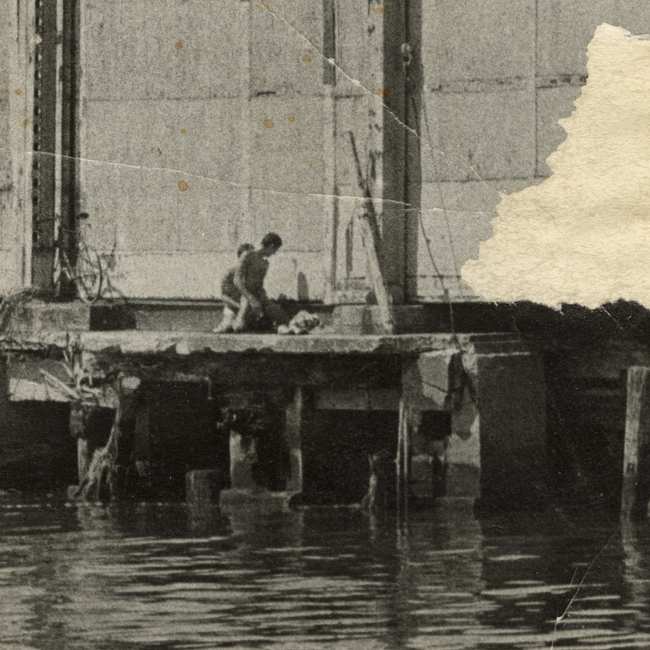
PHOTOGRAPHY|By André-Naquian Wheeler|Jun 10 2019, 11:15am
the queer photographer who captured manhattan’s bygone cruising culture
Bronx Native Alvin Baltrop Captured the Emotional Side of Public Hook-ups.
Today, Manhattan’s West Side Pier is the kind of place families and tourists go to sunbathe, relax in the park, and eat Wafels & Dinges. A waterfront replete with Citi Bike stations, with a $250 million artificial island music venue, being built not too far from it. In short: a cash cow. Travel back to the 70s, however, and the pier was Grindr personified. ADVERTISEMENT
In the 21st century, queer sex has become privatised and individualised. Our conquests largely occur on our phones now: late at night, alone in our bedrooms. But back then, places like the West Side Pier were safe havens for gay men who wanted to meet, hook up, and then go their separate ways. From our perspective in the present day, the idea that scores of gay men had public sex in the middle of Manhattan sounds like a fever dream.
The piers were an enchanted place during their heyday — and late photographer Alvin Baltrop made the ephemeral hookups that occurred there a central focus of his work and his life. Over the course of three decades, he shot grainy, voyeuristic black-and-white images of gay men captured in the throes of hedonism: sunbathing in the nude, wiping off after a hookup, making out passionately. Baltrop’s photographic eye does not feel judgemental or, potentially worse, searching for shock value. These images feel like lush historical archives. Documentations of the very kind of love affairs Baltrop took part in himself. The Bronx-native held a special spot in his heart for the piers and the cruising that went on there. As he once said in an interview, “You did not care about the broken-down, the danger, the dirty, the smell, the raunchiness. You cared about meeting someone and having sex. Most of it was… bust a nut and keep going.”
Looking back on the forgotten history of the West Side Pier in the middle of Pride Month holds immense weight. It’s a reminder that, when it comes to locality — places where we can meet and be — the queer community has always been forced to hop from place to place, at risk of being erased by commercial and political interests. Here, Bronx Museum curator Sergio Bessa talks to i-D about the legacy of Baltrop’s career, the cruising culture of the 70s, and just how difficult archiving queer art is.
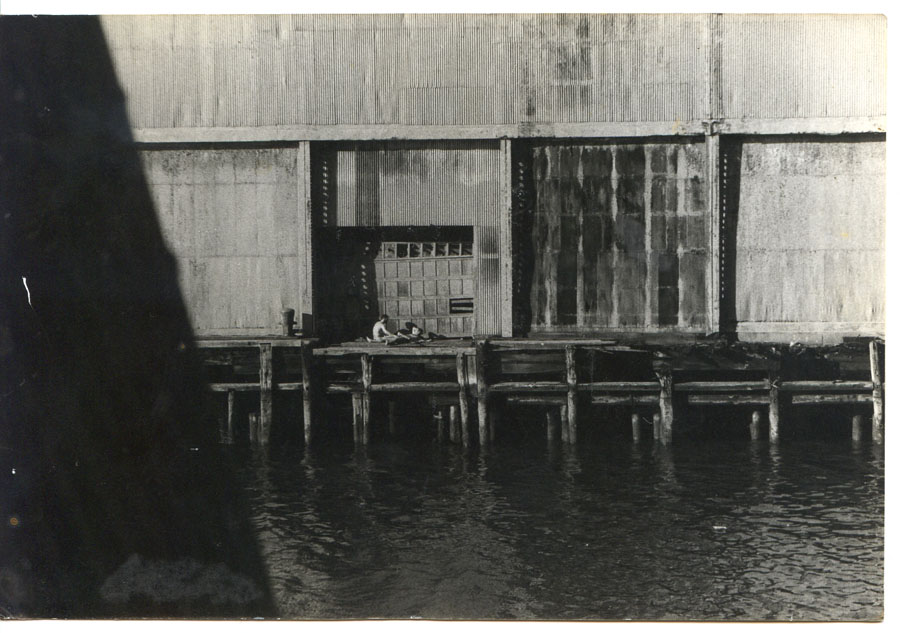
The Piers (exterior with 2 figures). n.d (1975-1986)
First off, why do you think Alvin is not as popular as other noted queer New York photographers, like Mapplethorpe and Warhol?
Bessa: When you compare Alvin to those men, it’s not that he wasn’t professional — he studied at SVA, he knew the craft very well, he developed his own photographs… But someone like Mapplethorpe was very ambitious and really wanted to strike it big. Mapplethorpe wanted to be known as a classic photographer, in the same class as Irving Penn. Baltrop, on the other hand, followed his passion. His photos were more than a stunt. Photographing the piers, for him, was a mix of research and archival work. He would park his van on the street and spend hours out there. I’m not sure he even thought about showing his work in galleries. He was just fascinated by his discovery of the piers.
When did you first encounter Alvin Baltrop’s work?
I’ve always been interested in learning about what the Bronx has contributed [to the art world since I’ve been working at the Bronx Museum]. I came across an issue of ArtForum in 2008 and Alvin Baltrop’s name was the cover. I read the article on him inside and learned that he was from the Bronx and the more I looked into his life and history, the more I thought he was a fascinating man.
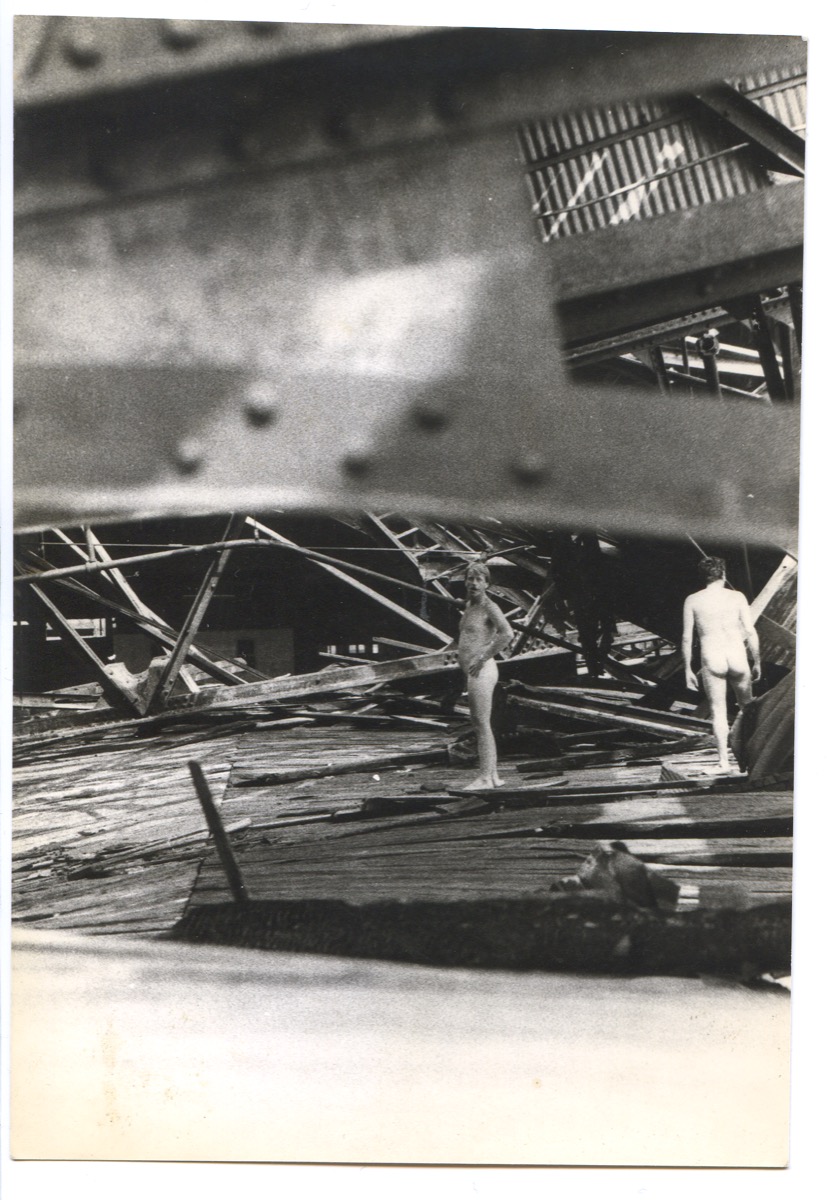
The Piers (exterior). 1975-86
And how did the exhibition on his life and work come about?
We knew a person who worked with the Alvin Baltrop estate. She was saying the estate was having difficulties with his archives because they didn’t have enough resources. I thought it would be great to get his archives here [at the Bronx Museum]. So in 2014, they came to us. We have a lot of Baltrop’s personal belongings — all of his photographic cameras, medical records, rolls of film…
What brought Alvin to the piers? Both in a personal sense and in an artistic sense.
In the late 60s, Alvin was in the Navy during the Vietnam War. He never got to Vietnam. He was mostly stationed around in the Atlantic. In ‘72, he came to New York and was living with his mother and brother in the Bronx. What I heard is that his mother discovered a lot of his photographs and she had a very strong, negative reaction. In short, he moved out after that. I think around that time he discovered the piers. Alvin was a proud bisexual man — he had girlfriends and boyfriends. He was just this very sexual person. What I learned from another essay, is that previous to the piers he cruised parks in the Bronx and Central Park. He explored a lot of queer cruising spots in the city. And at some point, he was a bouncer at a notorious gay bar on 2nd Avenue and 4th Street.ADVERTISEMENT
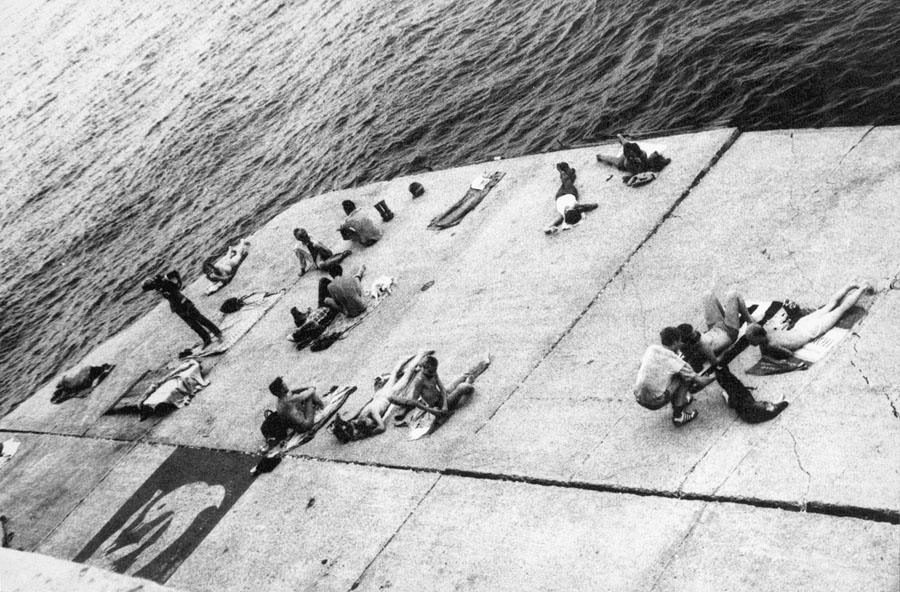
The Piers (sunbathing platform with Tava mural) 1975-86
It feels as if Baltrop was enmeshed in his work. He was not simply photographing the piers; he was taking part in its culture.
Yes. There’s this side to his work that is very personal, very diaristic. The exhibition begins with the photographs he did in the Navy. During that period, you already see the formal elements he hones in with his photos at the piers. You see the homosexual gaze… Baltrop didn’t photograph because he thought, ‘Oh, this will sell!’ He photographed what was around him.
A photograph that really stands out to me is Baltrop’s portrait of Marsha P. Johnson. The image could easily fit inside a fashion magazine.
Well, at that time, no one thought that Marsha was going to become the icon she is today. I don’t think Marsha was engaged with the sex scene at the piers. She was just one of the people that Alvin met. I love that photograph because there’s so much dignity to it. It’s almost like Marsha is the First Lady.
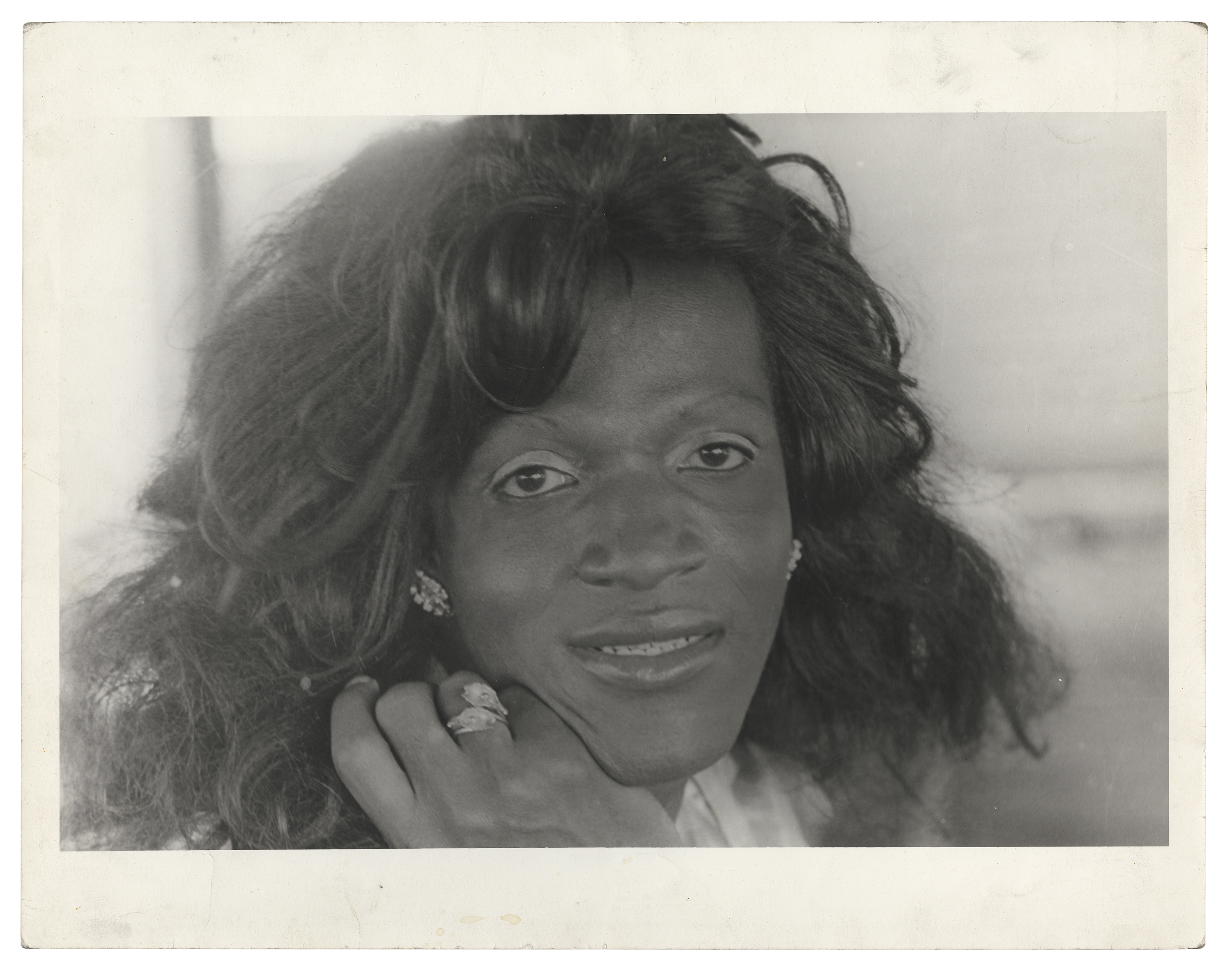
Marsha P. Johnson, n.d. (1975-1986)
Is there any background information you can provide about the portrait?
This is the difficulty with Baltrop’s work. He didn’t give titles to his photographs, and we don’t know the precise year most of them were taken. He just photographed compulsively. There’s a huge number of his images that haven’t even been developed. I feel like the Bronx Museum is simply opening the lid on how important his work is with this exhibition. Not only in terms of gay history and the gay community, but also in terms of photography in New York.
What are the specific difficulties of working on an LGBTQ+ exhibition like this? Because, so frequently, queer history and art are not as meticulously archived as they should be.
This history is still very young. I understand the challenges and the difficulties but, at the same time, there is still so much we can do in terms of collecting our history.
One of the things I’m very proud of is inviting Alvin’s friend — who is also a photographer — to write an essay for the catalogue. He has this first-hand witness and relationship with the subject, and he wrote the most beautiful homage to Balthrope.
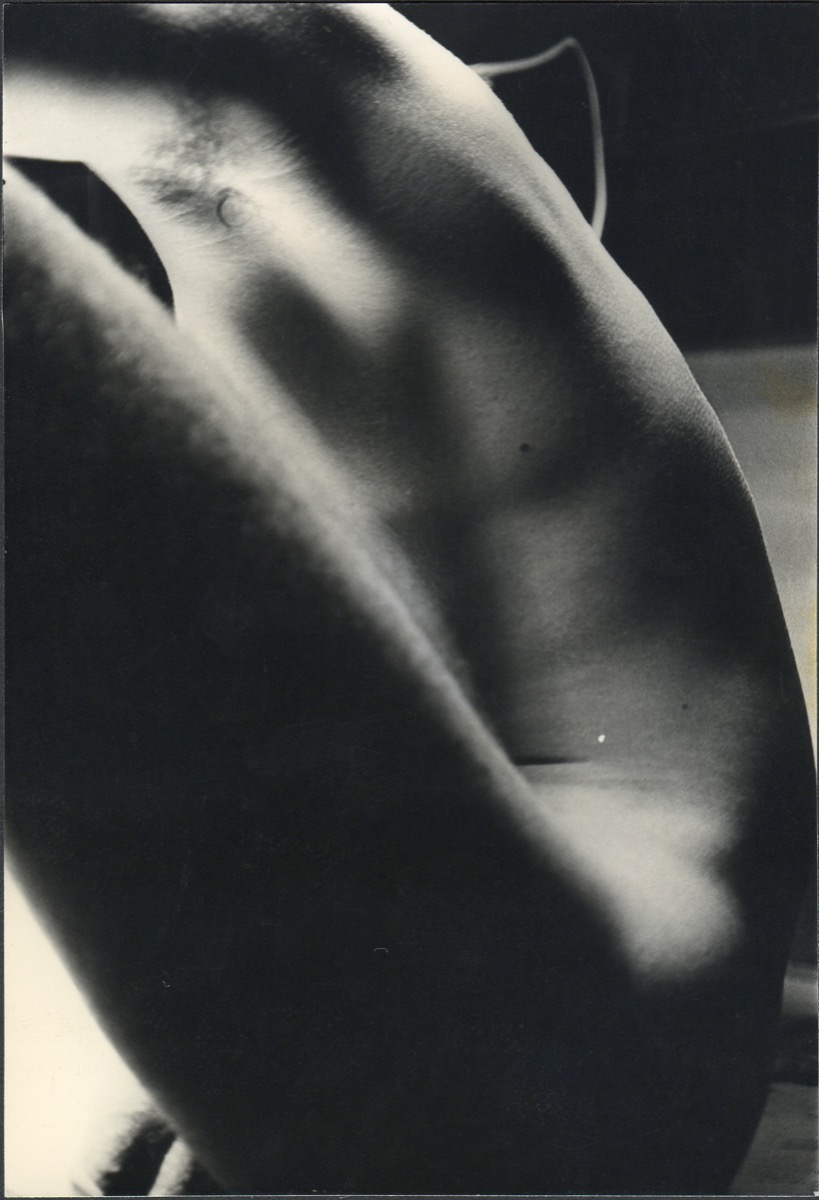
Navy (seated nude man) n.d (1969-1972)
Setting is so important to Baltrop’s work. He captured cruising spots that, today, have been covered over by condos, Sweetgreens, Citibike Stations, etc. What significance to LGBTQ history do these bygone queer meeting grounds hold?
I did not live in New York in the 70s. But I remember living in Brazil and the hippie counterculture taking over everywhere at the time. So for me, I remember trying to understand the cultural and sexual changes taking place. People all of a sudden felt like they could have sex in public! The change was happening on an international level, too. I read a biography by David Wojnarowicz because I wanted to read the life of someone from Baltrop’s generation, who was also living in New York at the same time. I found out David lived in Paris for a few months in the late 70s, and he would also go to the park late at night and have sex. So this was happening in England, Paris, Japan — everywhere. It was this global sexual revolution. And Baltrop’s work is the strongest representation of this cultural shift.
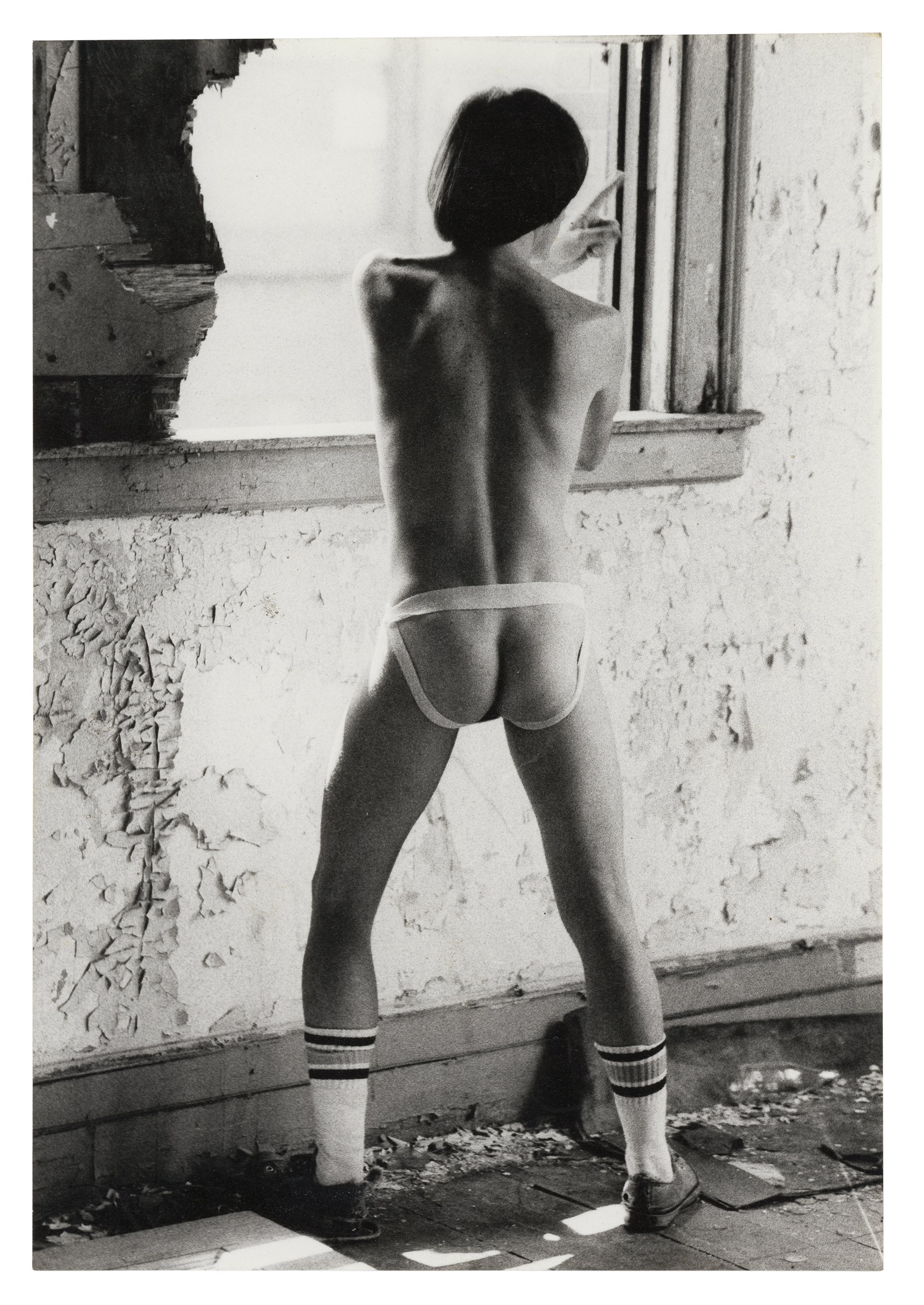
The Piers (man wearing jockstrap), n.d. (1975-1986)
What is it like looking at Baltrop’s work through the prism of Stonewall’s 50 anniversary?
There are over 170 photographs we’re looking at, so for me, it’s almost like putting together a film scene by scene. Exhibitions like this are reminders of the struggle. We are living the lives that the people before us planned and fought for. I am a gay man, I am married, and think we have come a long way. We have a presidential candidate who is openly gay and married. We’ve come a long way.
Finally, what are some of your favourite photographs from Baltrop’s archive?
Marsha definitely. I also really love the photographs from Baltrop’s time in the Navy. He might have had a boyfriend in the Navy. There’s a really beautiful photograph of a young man looking at him and you can sense the desire. Just in the way he frames another man. There is also so much innocence. I think the image is really, really beautiful.
‘The Life and Times of Alvin Baltrop‘ runs at the Bronx Museum from August 7, 2019 to February 9, 2020.
Alvin Baltrop
Biography
1948
Born in New York
2004
Died in New York
Education
1973-1975
School of Visual Arts, New York
Solo Exhibitions
2021
Galerie Buchholz, Berlin
2019
“The Life and Times of Alvin Baltrop”, The Bronx Museum, New York
2017
“Alvin Baltrop: At the Hudson River Piers”, selected by Douglas Crimp,
Galerie Buchholz New York
2012
“Alvin Baltrop: Dreams Into Glass”, Contemporary Art Museum Houston, Texas
2011
“Alvin Baltrop: Photographs 1965-2003”, Third Streaming, New York
“Alvin Baltrop: Selected Works”, The Watermill Center, Water Mill, New York
2010
“Alvin Baltrop: Color Photographs, 1971-1991”, Famous Accountants, Brooklyn
1992
“The Piers”, The Bar, New York
1977
The Glines: A Gay Art Center, New York
Group Exhibitions
2021
“Collection 1970-Present”, Museum of Modern Art, New York
Art Basel ‘OVR: Pioneers’, Art Basel
“Any Distance Between Us”, RISD Museum of Art, Providence
“Natures Mortes”, Palais de Tokyo, Paris
2020
“Souls Grown Diaspora”, Apexart, New York
“Around Day’s End: Downtown New York, 1970–1986”, Whitney Museum of American Art, New York
2019
“A New MoMA”, MoMA, New York
“Liebe und Ethnologie”, Haus der Kulturen der Welt, Berlin
“Glenn O’Brien: Center Stage”, Off Paradise, New York
“Art after Stonewall, 1969 – 1989”, Patricia & Phillip Frost Art Museum, Miami
“Art After Stonewall, 1969 – 1989”, Columbus Museum of Art, Columbus, Ohio
“About Ourselves / Inside Ourselves”, Denison Museum, Granville, Ohio
“God Made My Face: A Collective Portrait of James Baldwin”, curated by Hilton Als, David Zwirner, New York
2018
“Re: Re: Black Macho / Unleash the Queen”, Philipp Pflug Contemporary, Frankfurt
2017
“Douglas Crimp – Before Pictures”, Galerie Buchholz New York
“Gordon Matta-Clark. Cutting, Writing, Building, Drawing, Eating”, Fundação de Serralves, Porto
2015
“Greater New York”, MoMA PS1, New York
2014
“Pictures, Before and After – An Exhibition for Douglas Crimp”, Galerie Buchholz Berlin
2012
“Looking Back/The Sixth White Columns Annual”, White Columns, New York
“The Quality of Presence”, Chelsea Hotel, New York
2010
“Dead Flowers”, Vox Populi, Philadelphia
“Dead Flowers”, Participant Inc,. New York
“Looking Back/The Fifth White Columns Annual”, White Columns, New York
“Mixed Use, Manhattan: Photography and Related Practices, 1970s to the Present”,
Museo Nacional Centro de Arte Reina Sofía, Madrid
“YANS & RETO–Young and Nto Stupid & Radical Even Though Old”, Anthology Film Archives, New York
2009
“Darkside II–Photographic Power and Violence, Disease and Death Photographed”,
Fotomuseum Winterthur, Switzerland
“Intersections: The Grand Concourse at 100”, Bronx Museum of the Arts, New York
“Peeps”, The Amie and Tony James Gallery, The Graduate Center of the City University of New York
“Sexy and the City: New York Photographs”, Yossi Milo Gallery, New York
2008
“Artist as Publisher”, The Center for Book Arts, New York
“Darkside I–Photographic Desire and Sexuality Photographed”, Fotomuseum
Winterthur, Switzerland
2007
“That 70s Show: New York City in the 1970s”, powerHouse Arena, Brooklyn, New York
2005
“Homomuseum: Heroes and Moments”, Exit Art, New York
2003
“Leisure”, Aerolith, New York
“Overhead Underground: Reimagining the Faerie Landscape”, Le Petit Versailles
Garden, New York
“Postcards from the Edge”, Galerie Lelong, New York
“West Side Sex Piers”, Uzi N.Y. Gallery, New York
2002
“Mess of Pottage”, Gallery M, New York
PRESS:
http://www.contemporaryartdaily.com/2017/08/alvin-baltrop-at-daniel-buchholz/
https://frieze.com/article/better-view
https://fontsinuse.com/uses/11632/alvin-baltrop-the-piers
http://www.artnet.com/artists/alvin-baltrop/
https://i-d.vice.com/en_us/article/vb9x4a/alvin-baltrop-queer-photographer-new-york-cruising
http://www.thegully.com/essays/gaymundo/040206_al_baltrop_obit.html
http://nymag.com/intelligencer/2015/11/west-side-piers-when-they-were-naked-and-gay.html
https://www.interviewmagazine.com/art/alvin-baltrop-bronx-museum
https://www.queerspacestudies.com/new-york-piers
http://politicstheoryphotography.blogspot.com/2008/02/alvin-baltropdouglas-crimp.html
http://participantinc.org/seasons/season-14/alvin-baltrop
https://www.e-flux.com/announcements/33932/alvin-baltrop/
